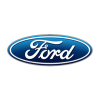
Ford F-150

Model Overview
How does Ford spell juggernaut? Probably just like this: F-150. This is not only Canada's best-selling full-size pickup, but the country's overall best-selling light-duty vehicle. Credit that to a wide range of configurations built around the most powertrain options in the segment. And we can't forget the lightweight aluminum body that is one-of-a-kind in the pickup segment. F-150's high-end trims turn this truck into a legitimate luxury vehicle.
Photos


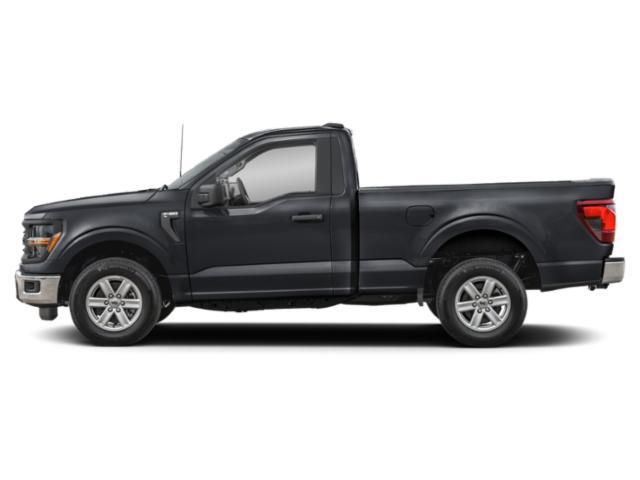
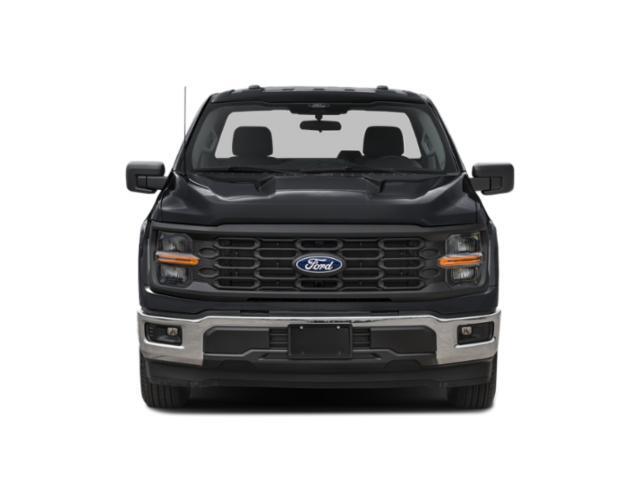
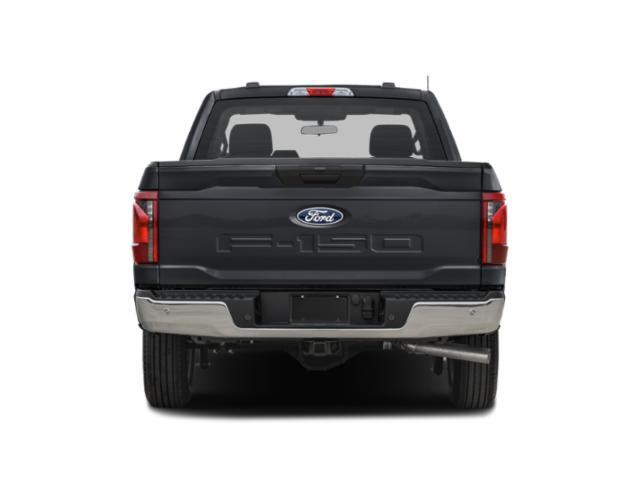
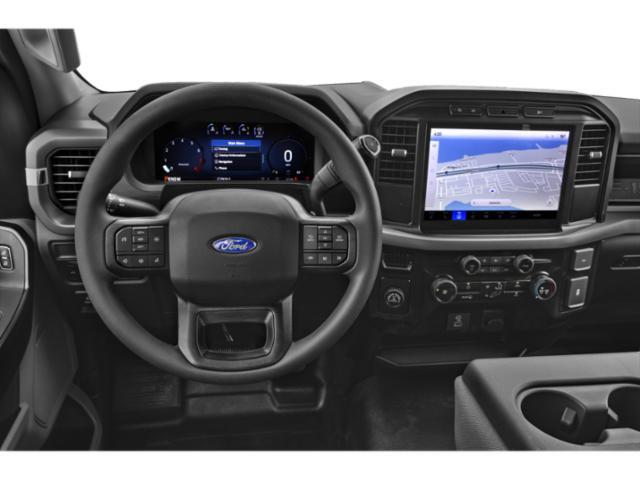
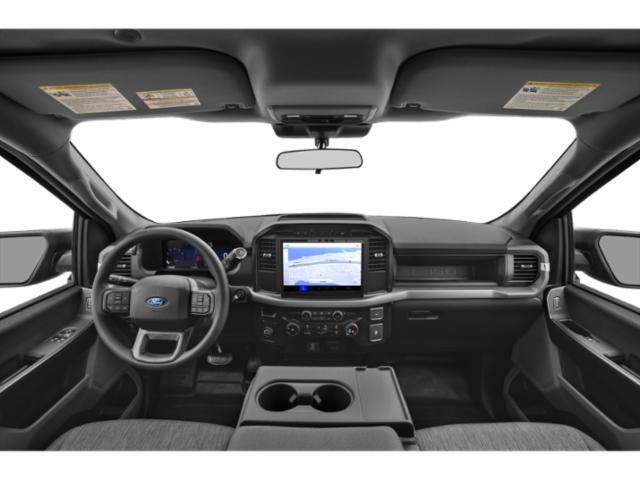
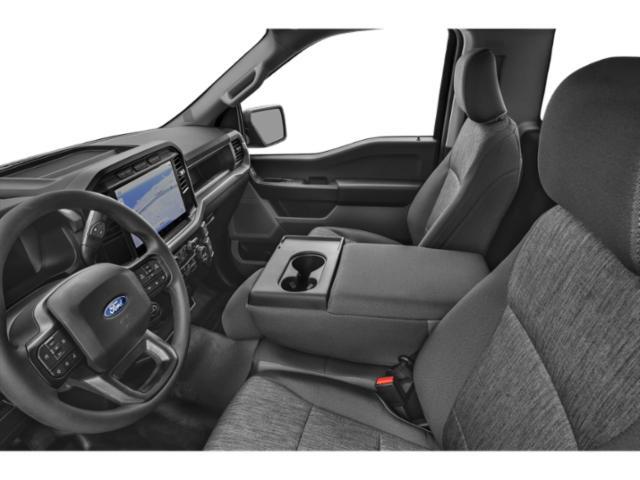
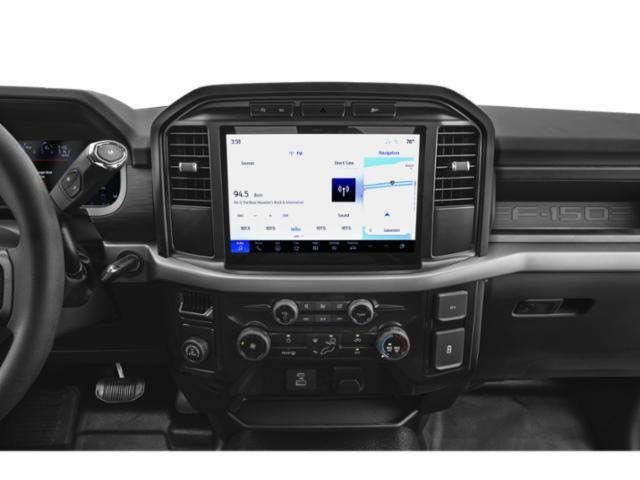
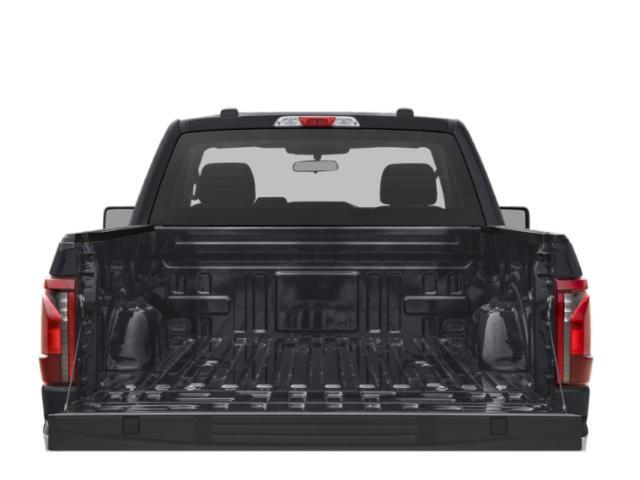
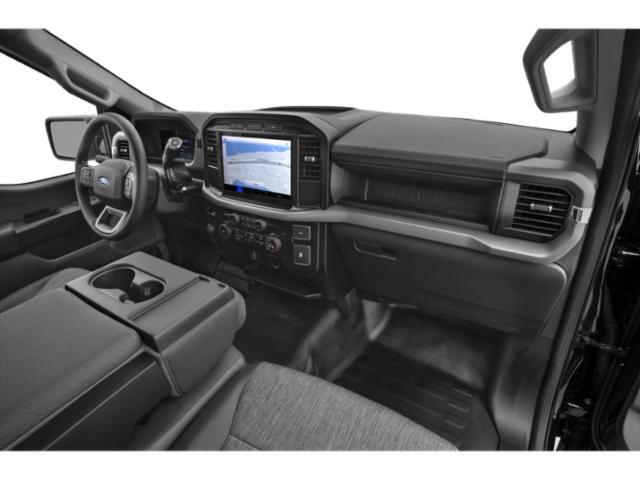
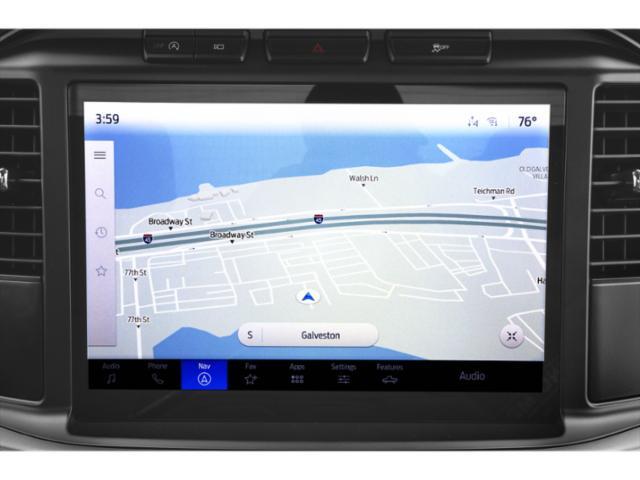
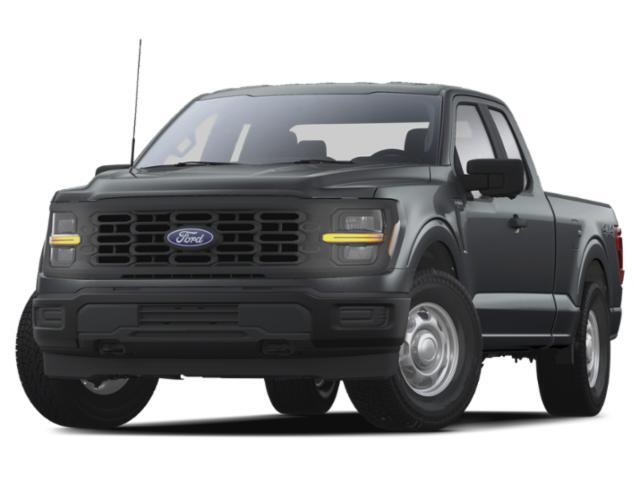




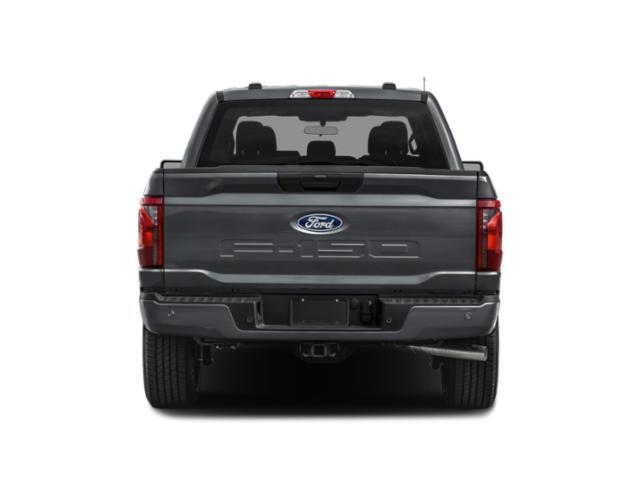
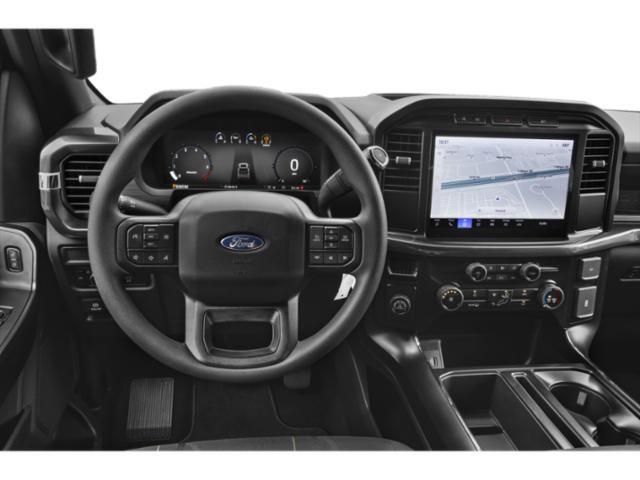


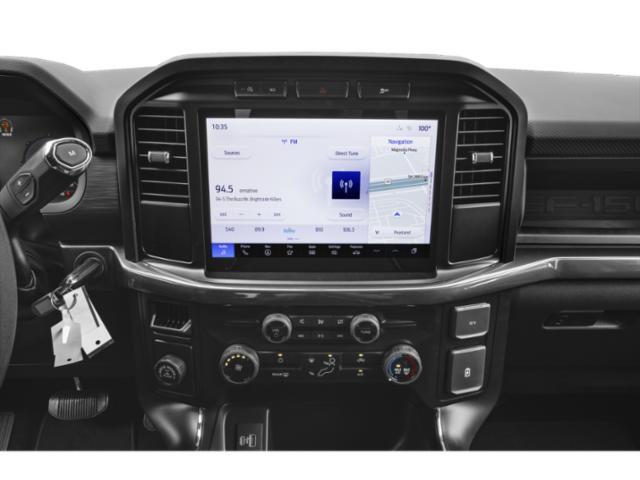

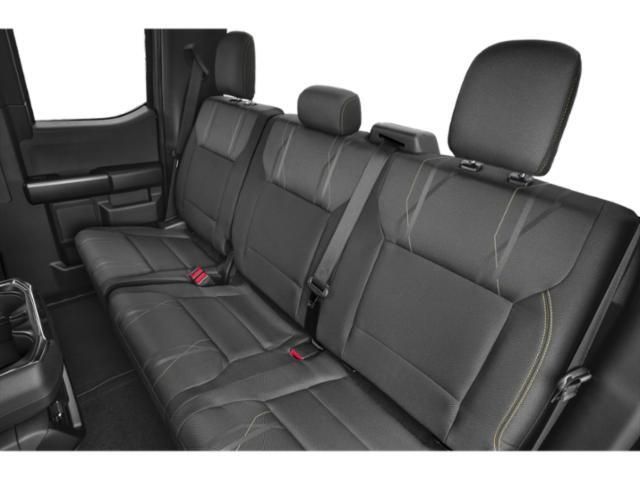
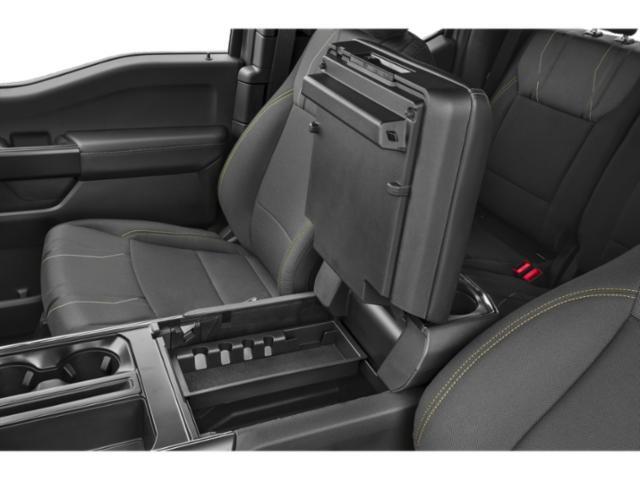

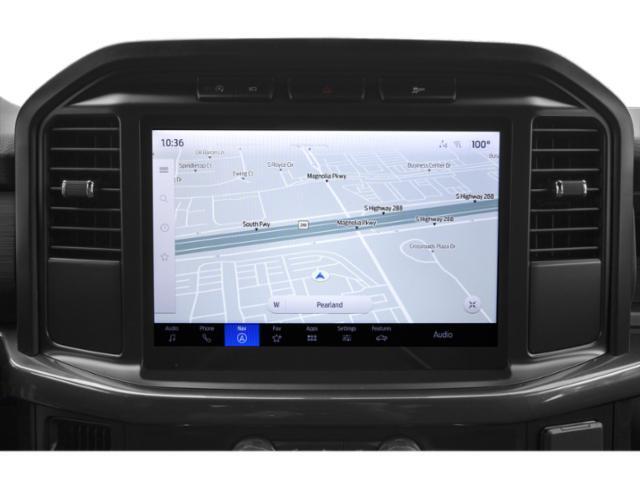

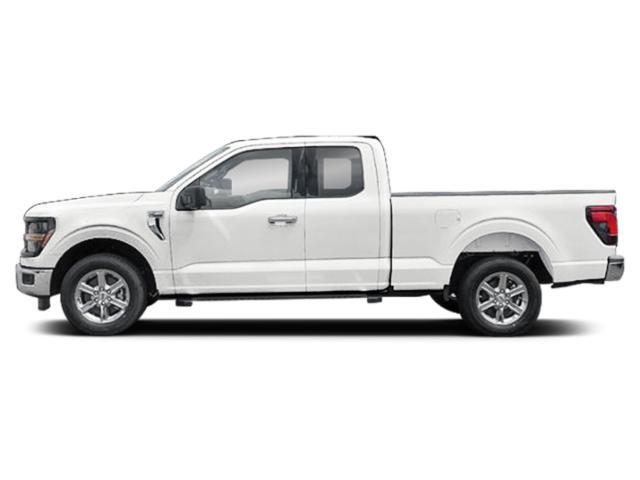
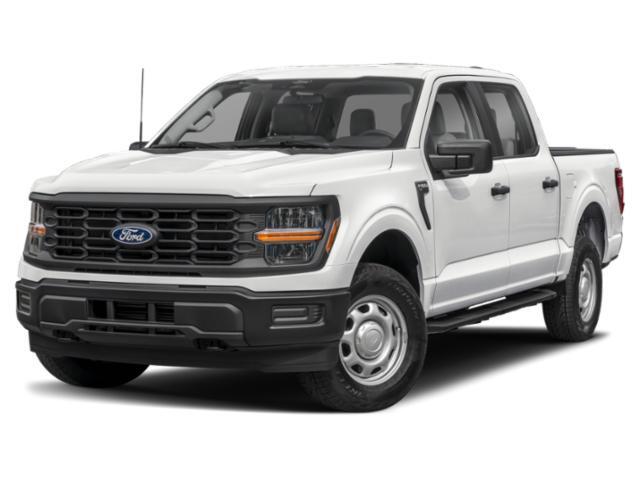

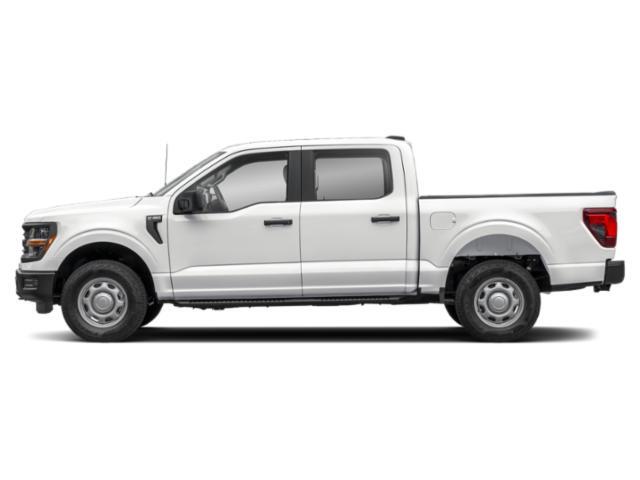
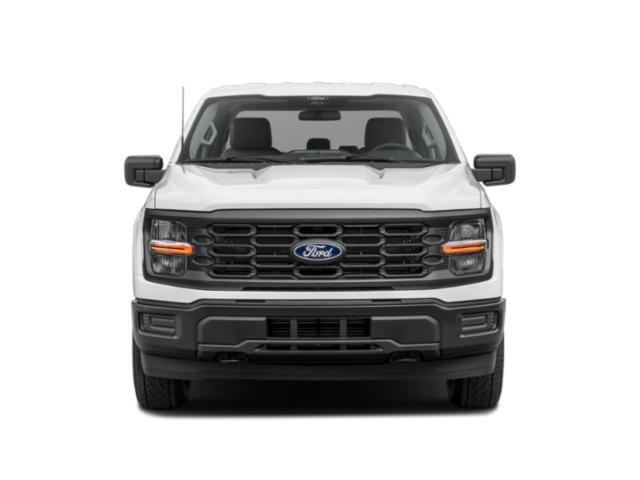
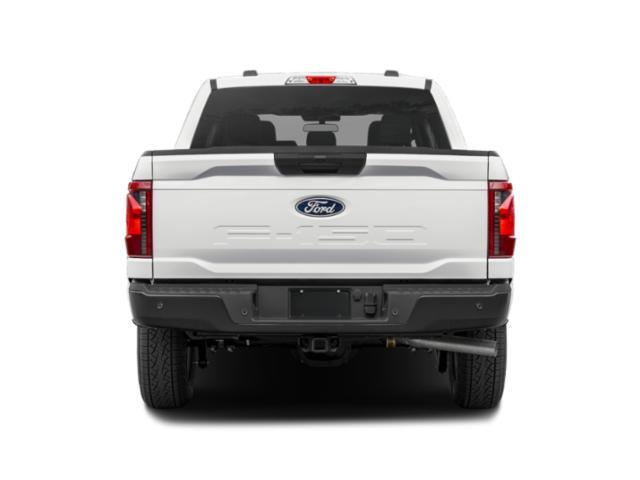
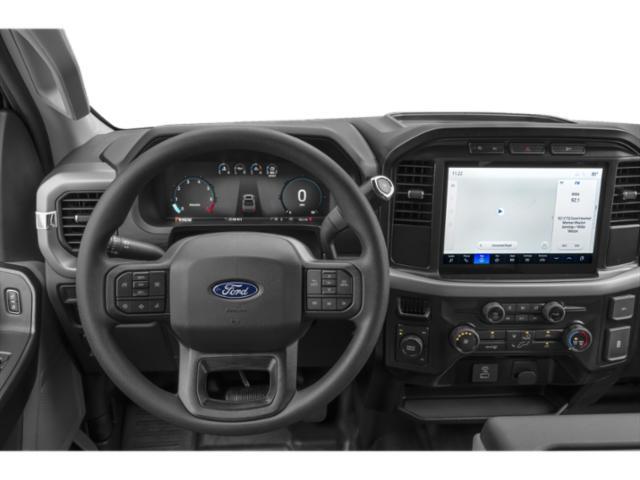
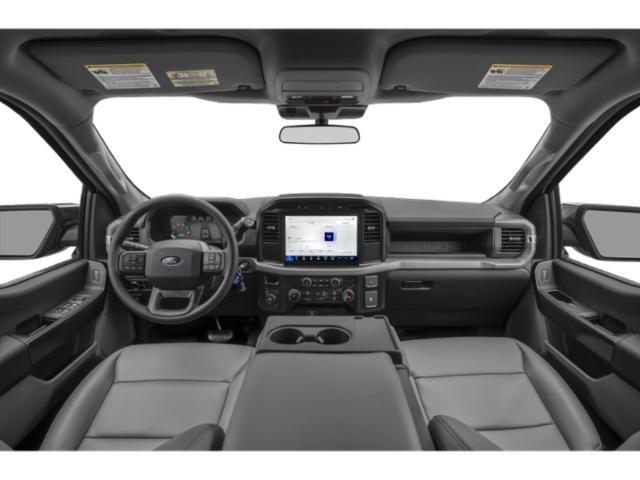
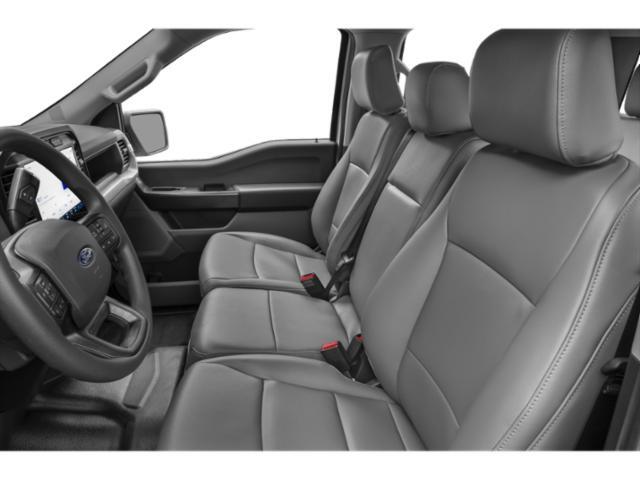
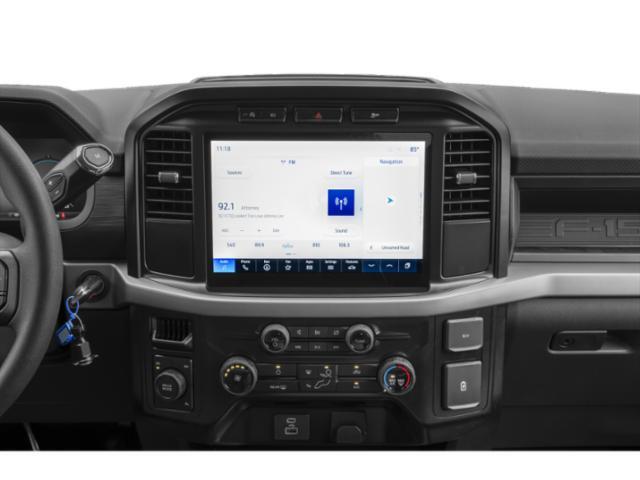

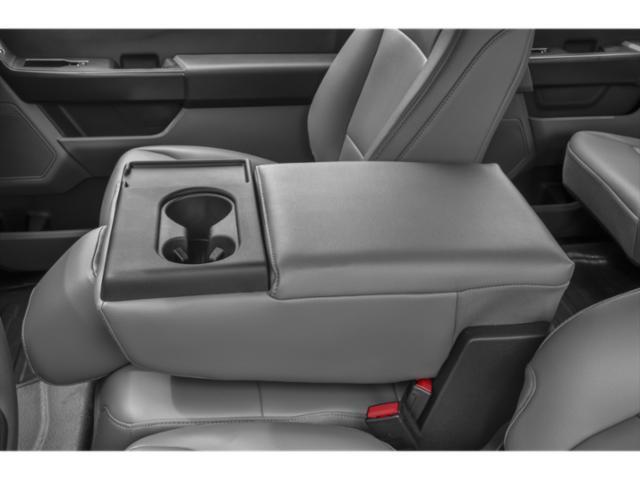
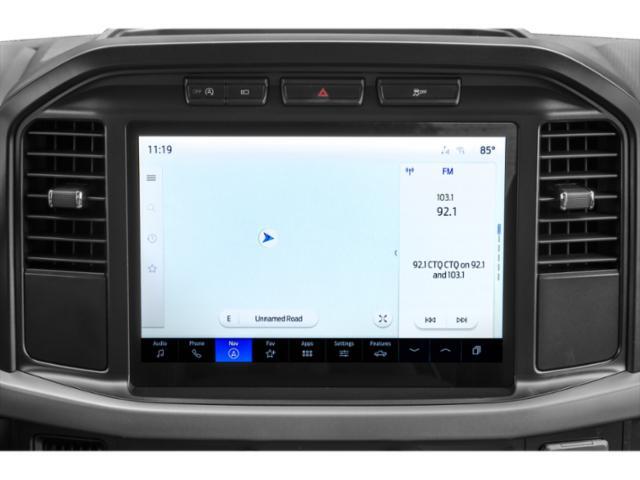

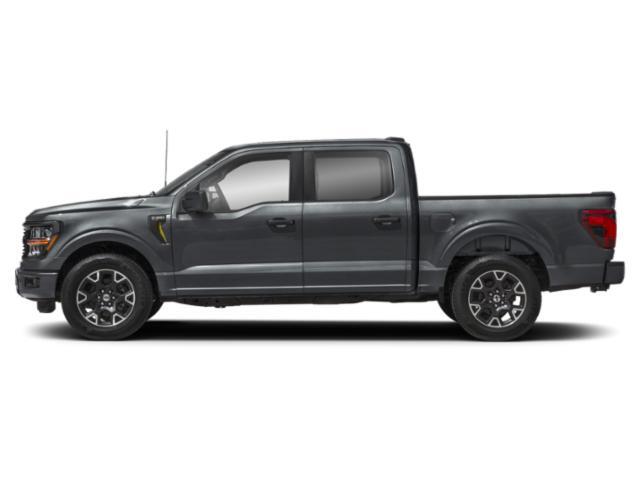
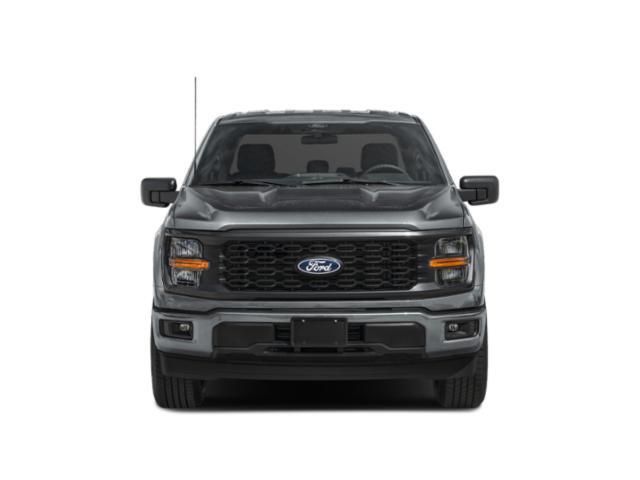
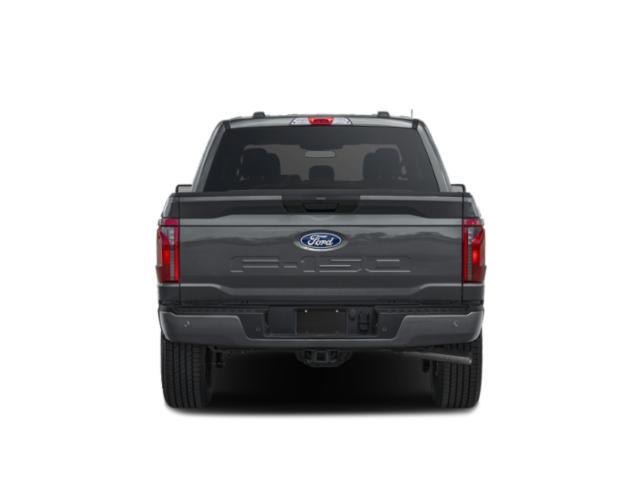
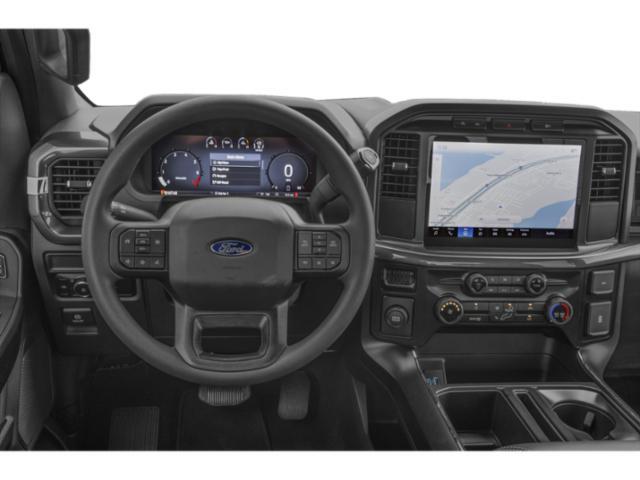
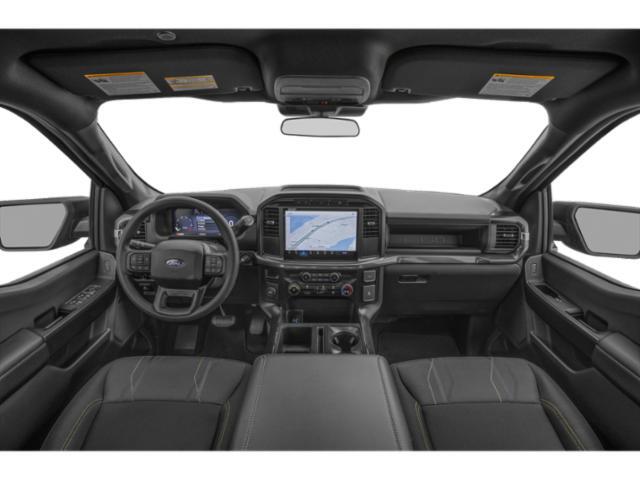
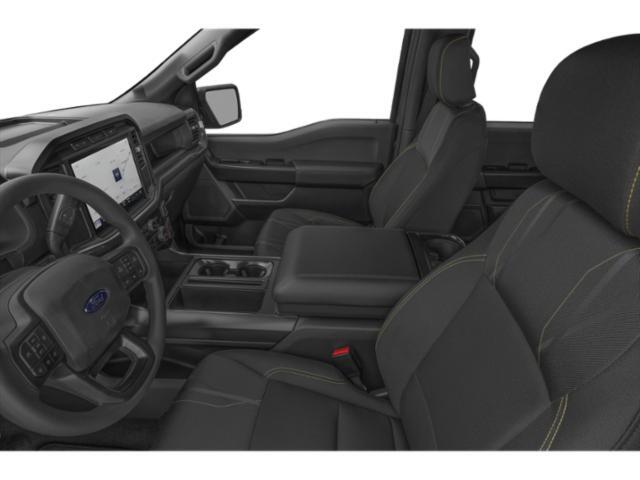
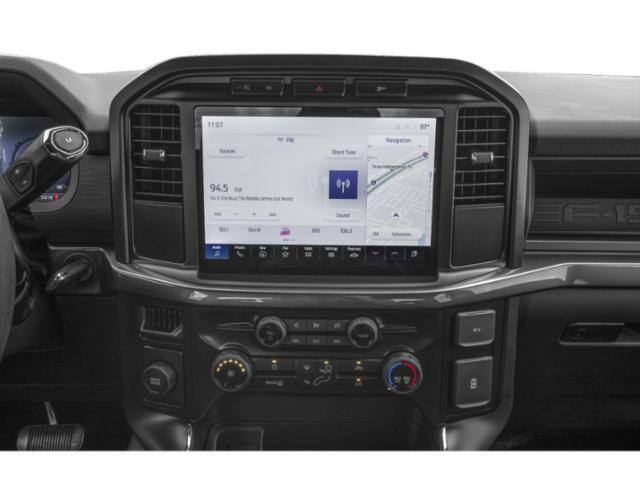
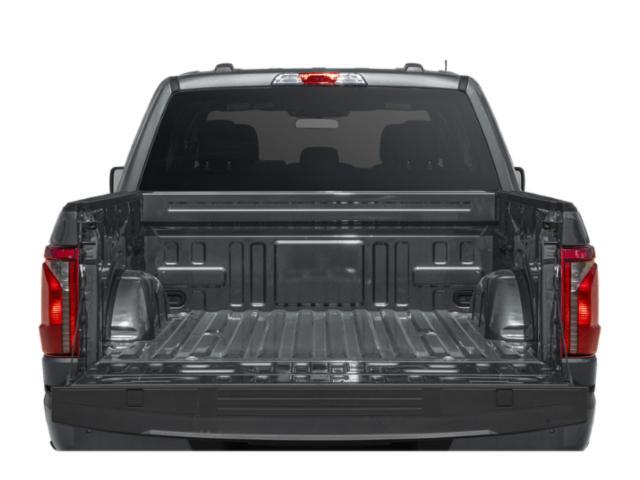
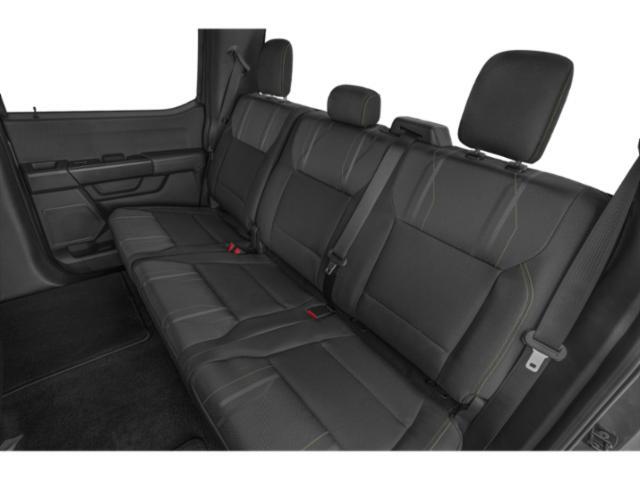

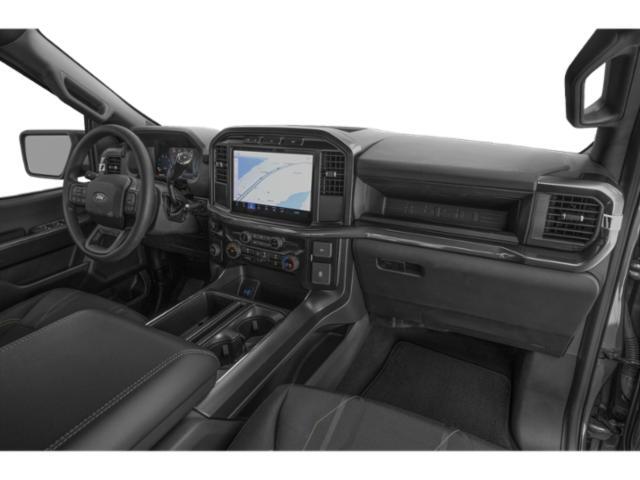


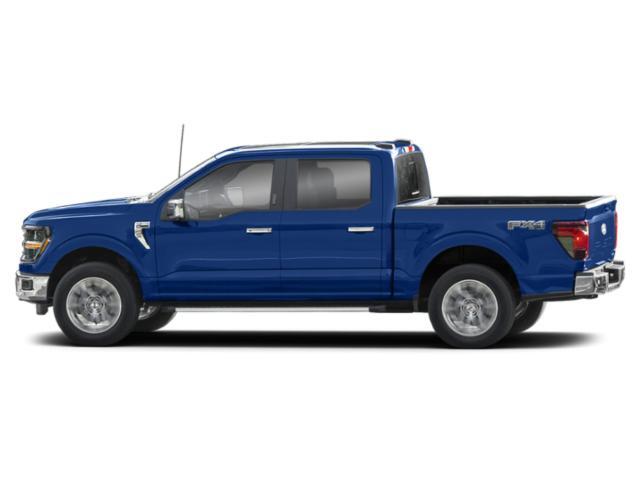

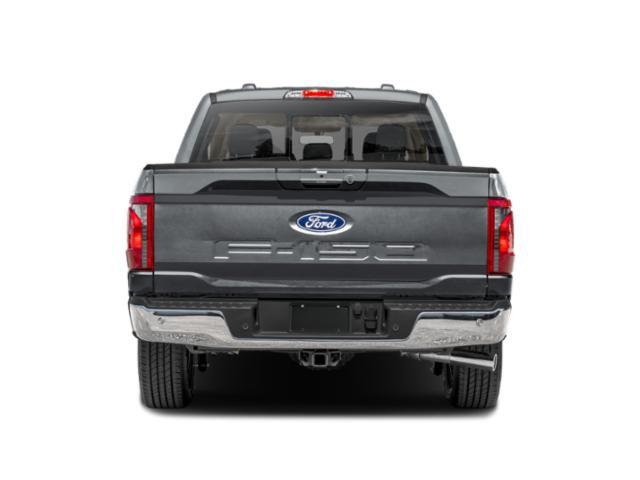

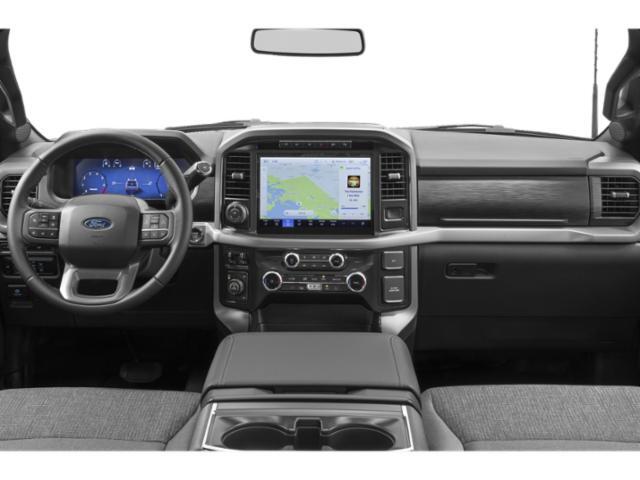
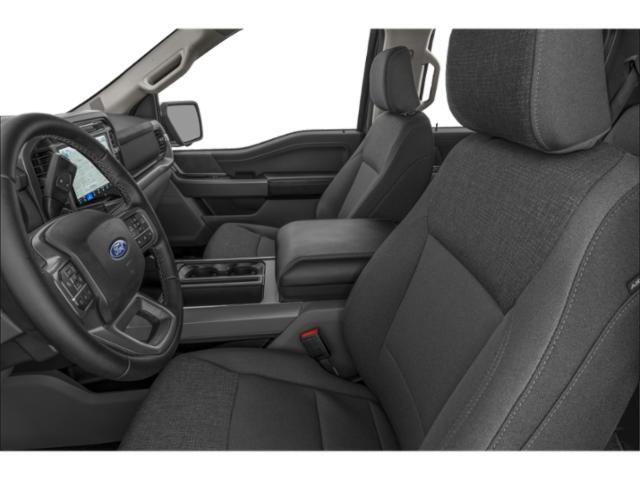
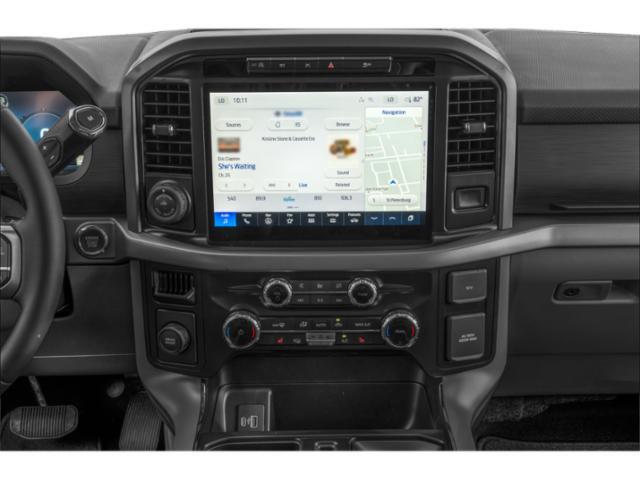

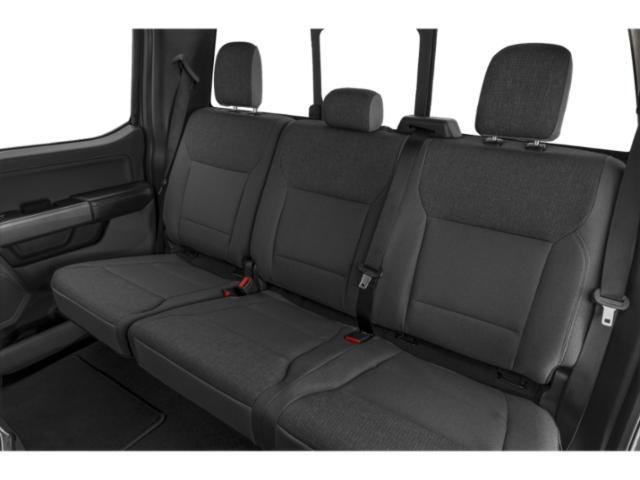
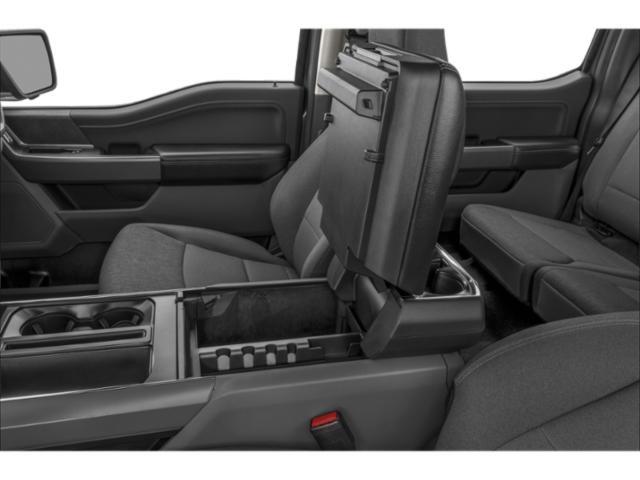
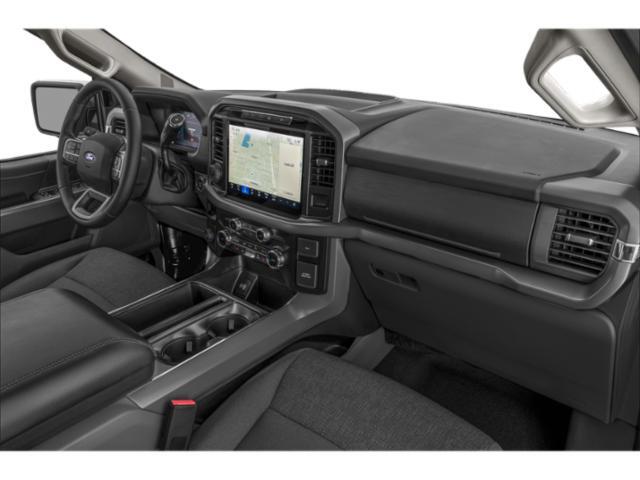



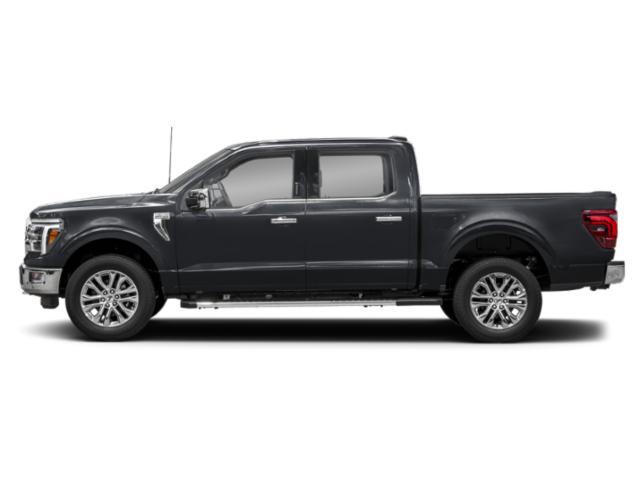
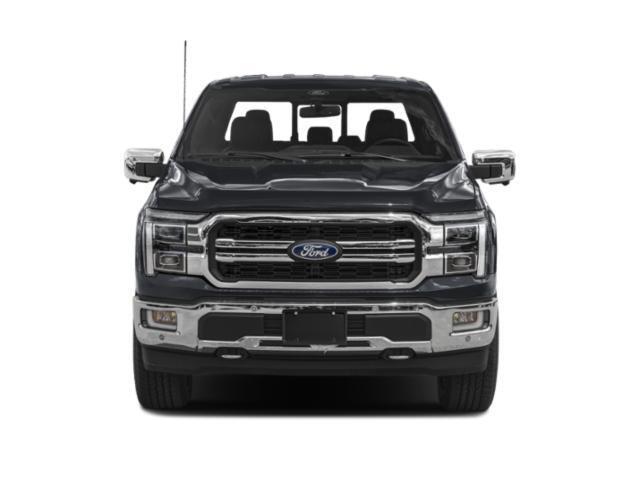
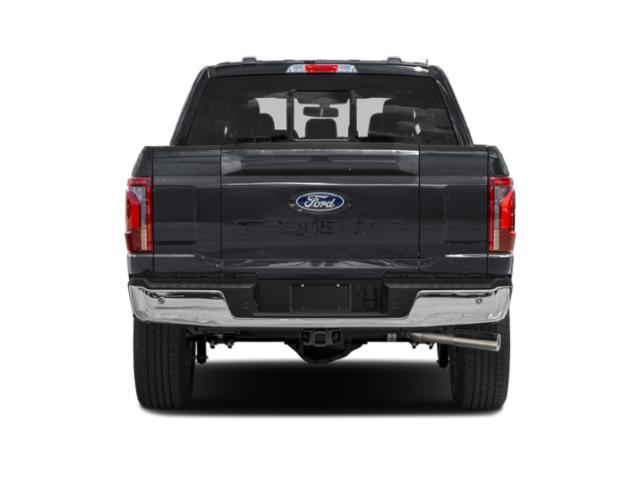
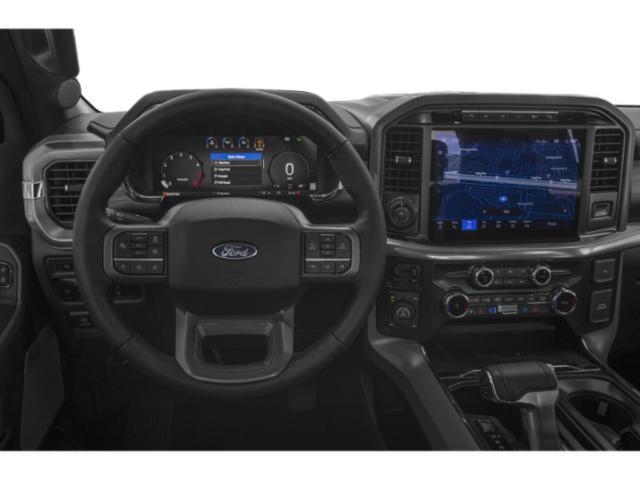
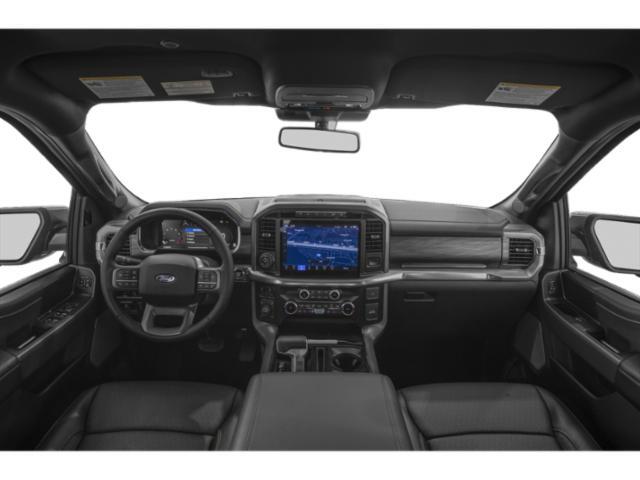
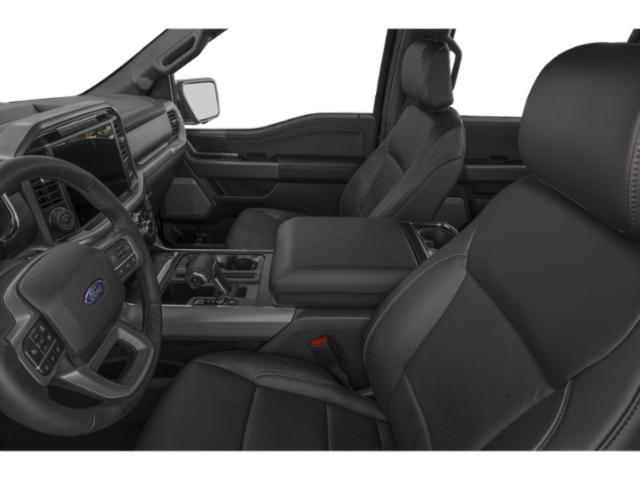
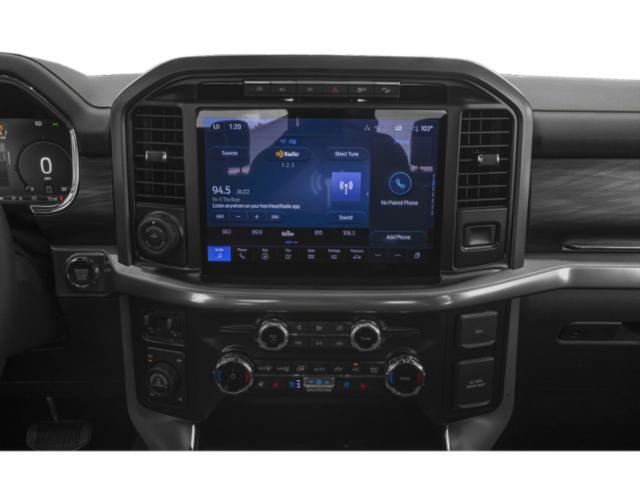
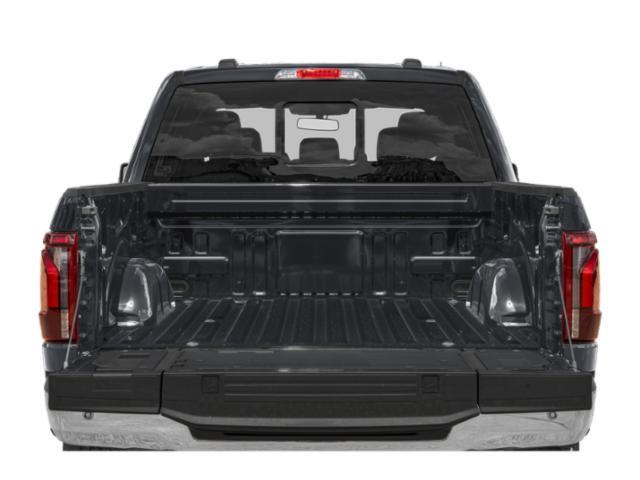

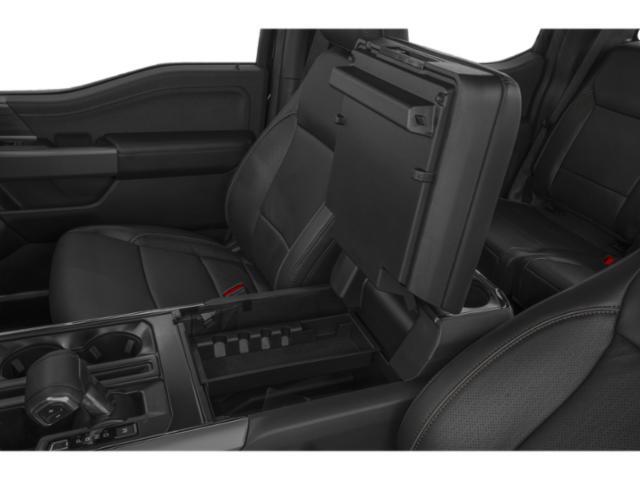
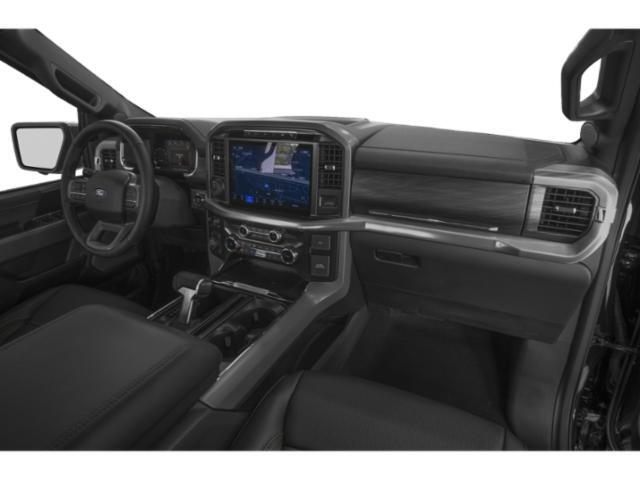
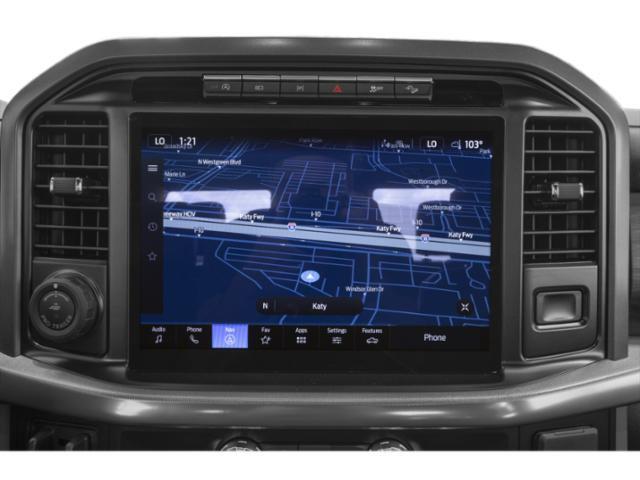


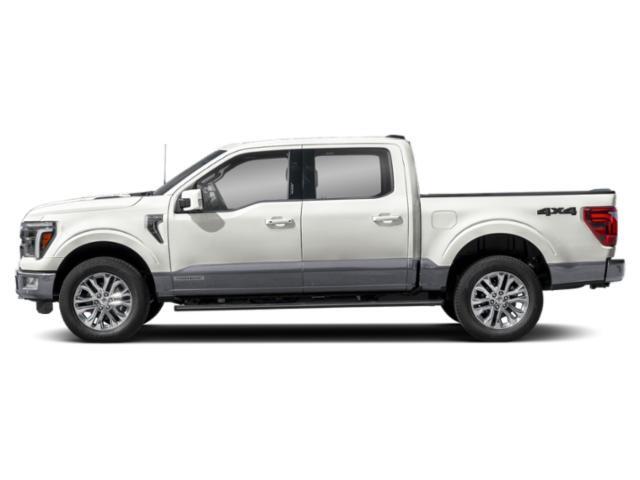
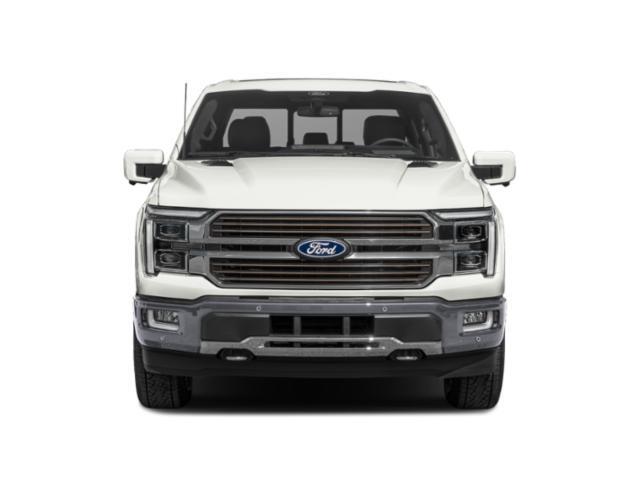
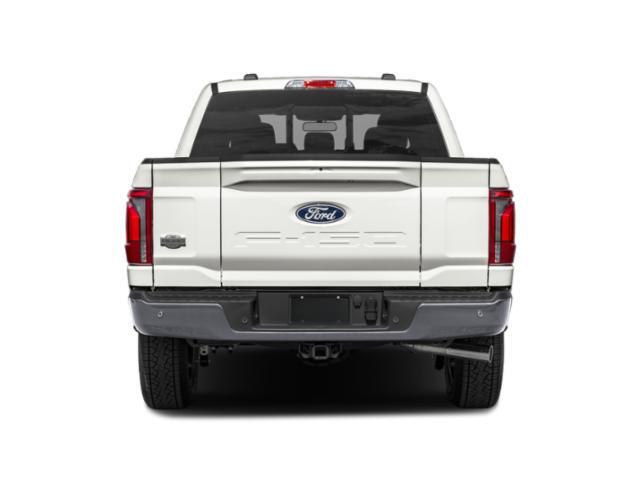

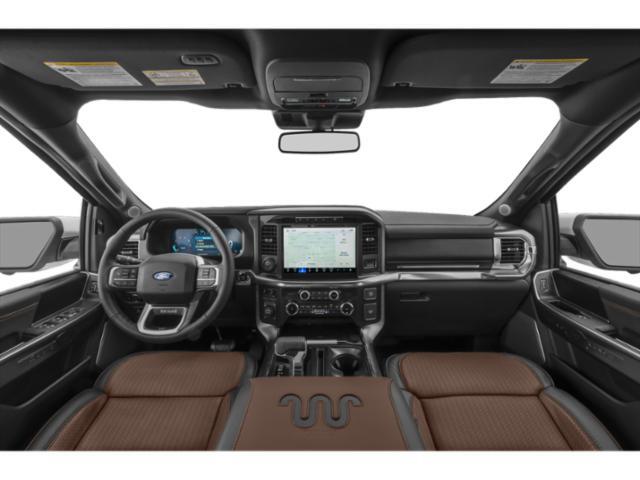
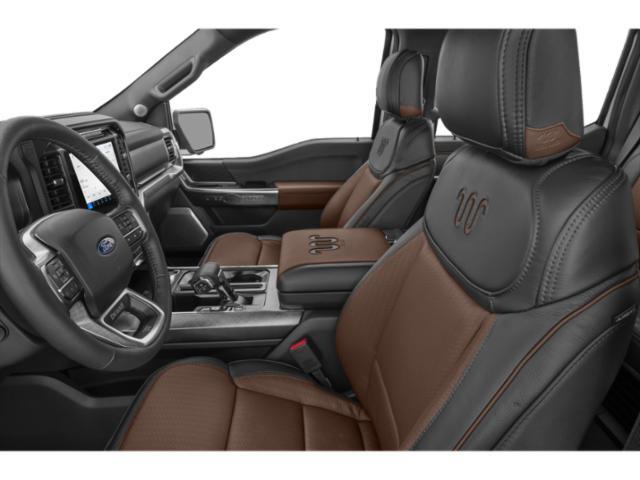
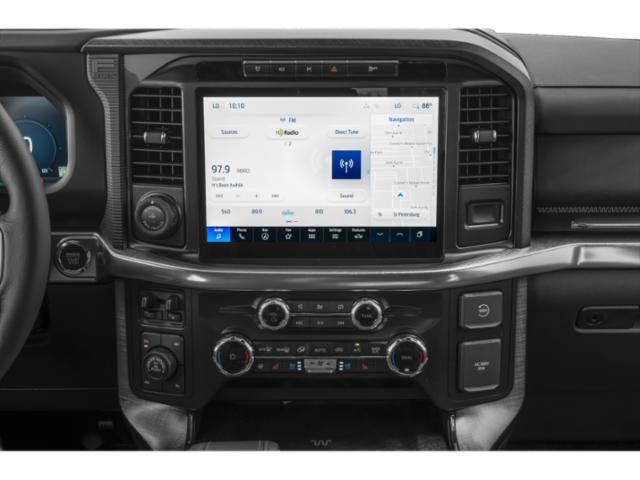
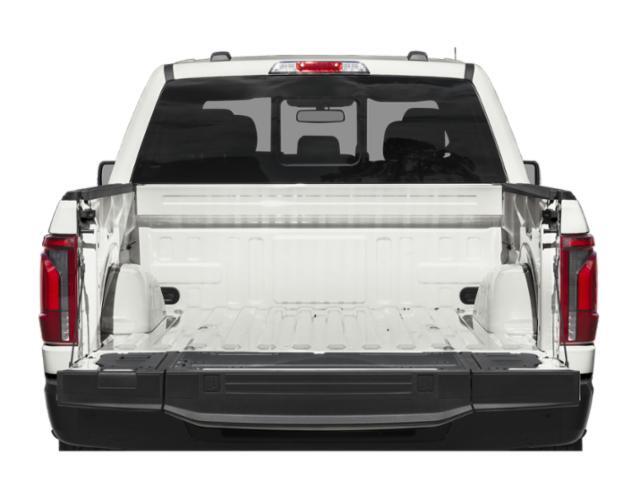

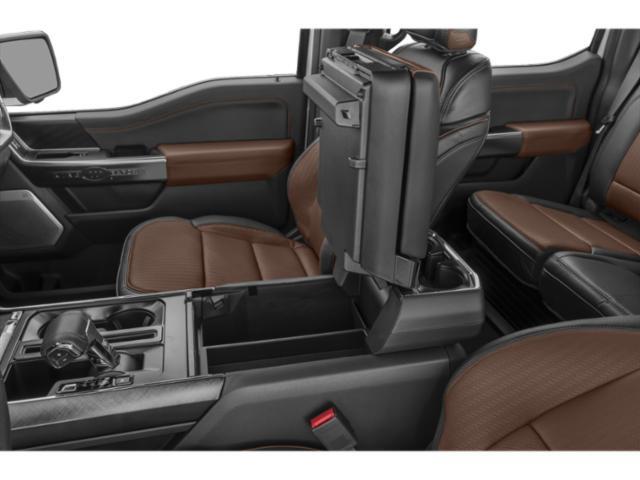

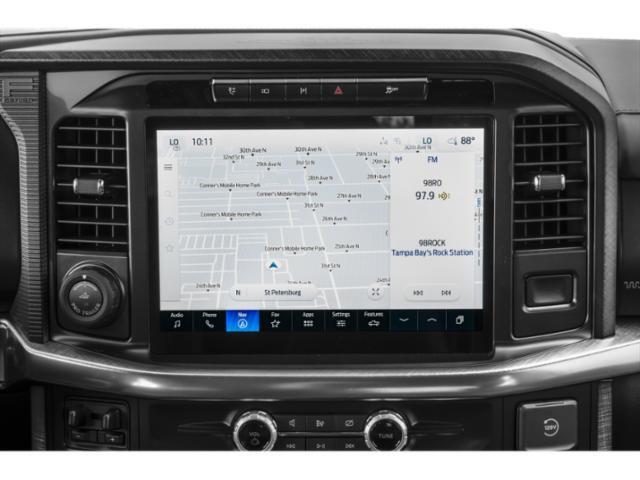

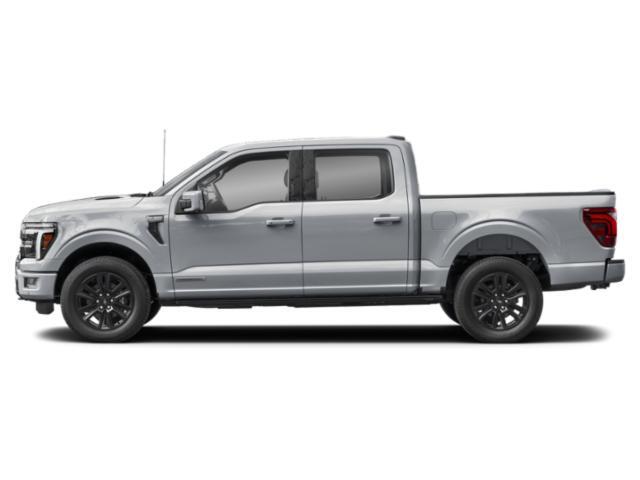

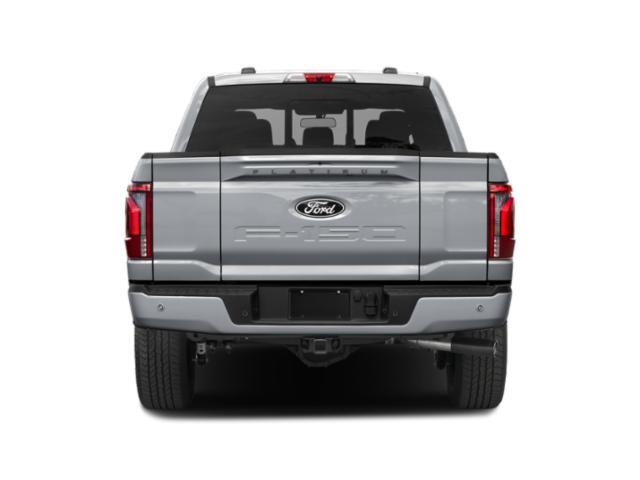
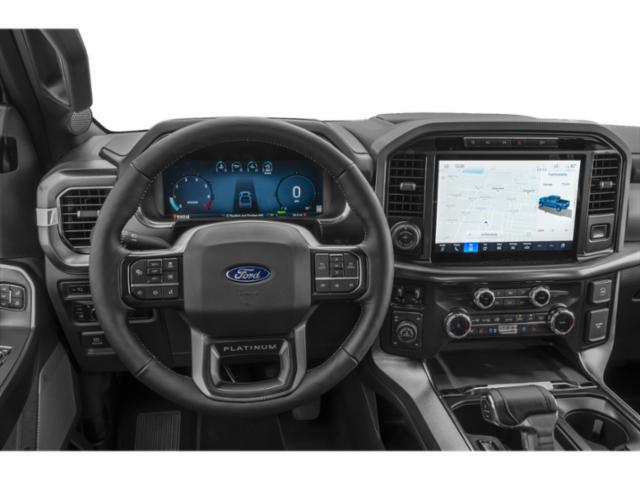
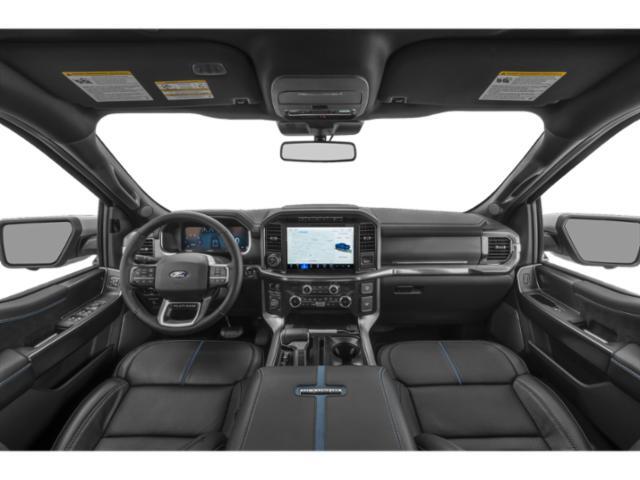

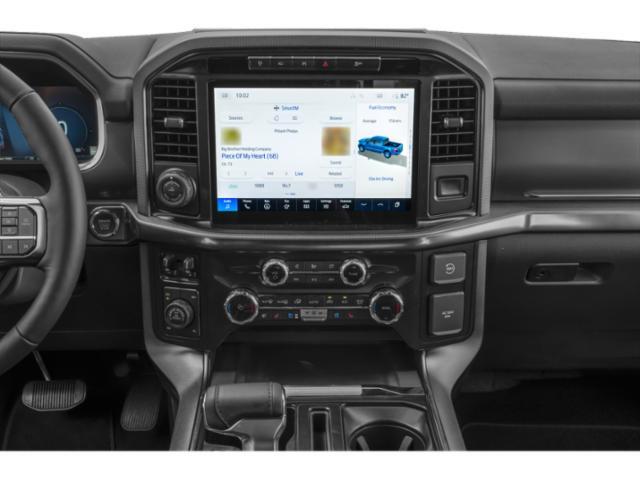
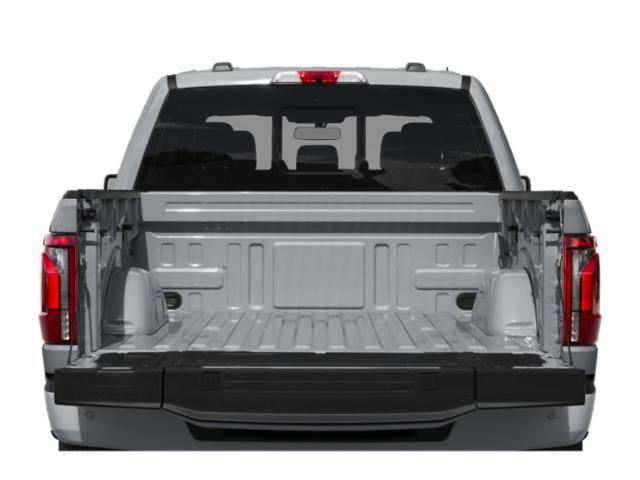
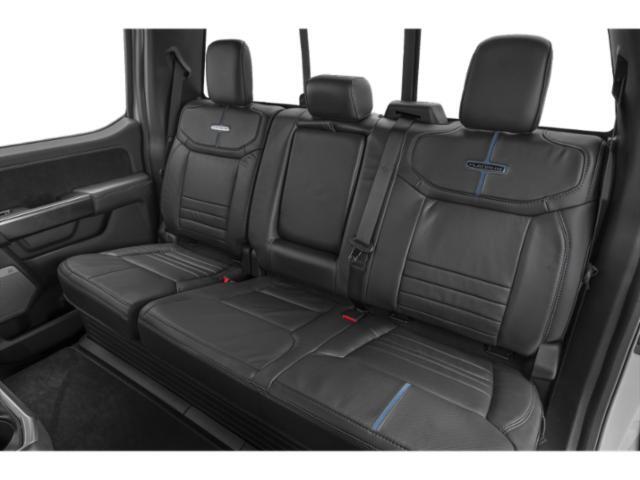
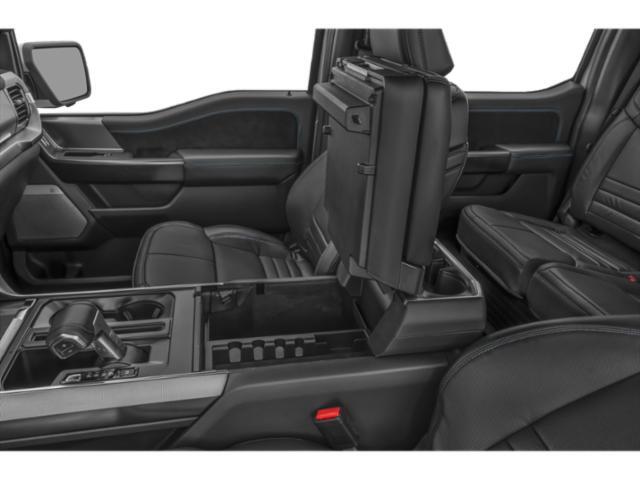

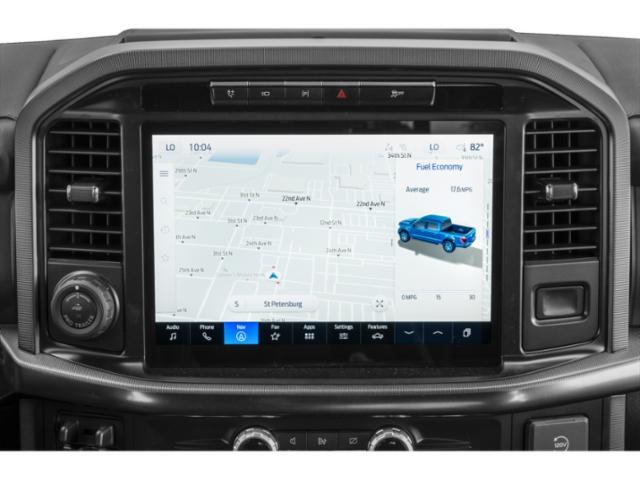

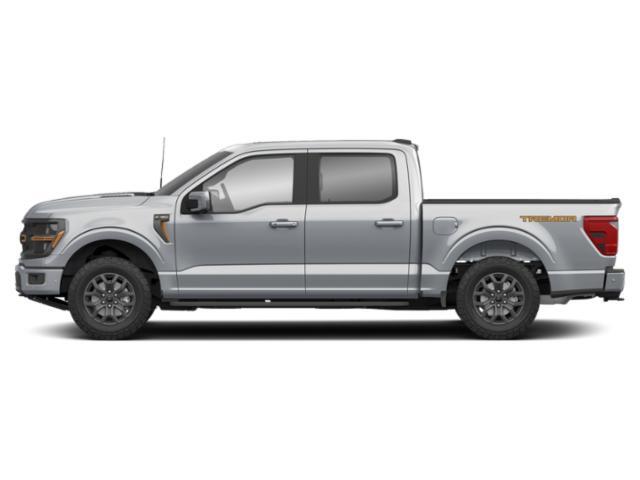

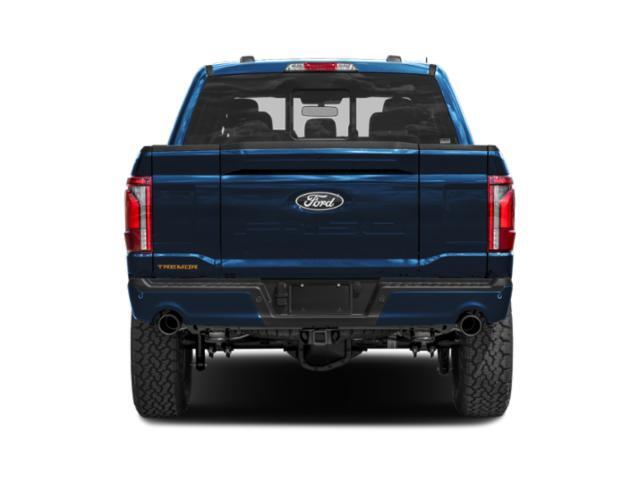
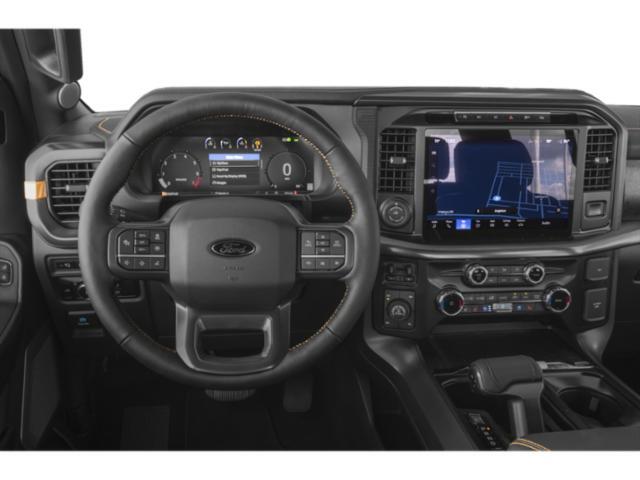
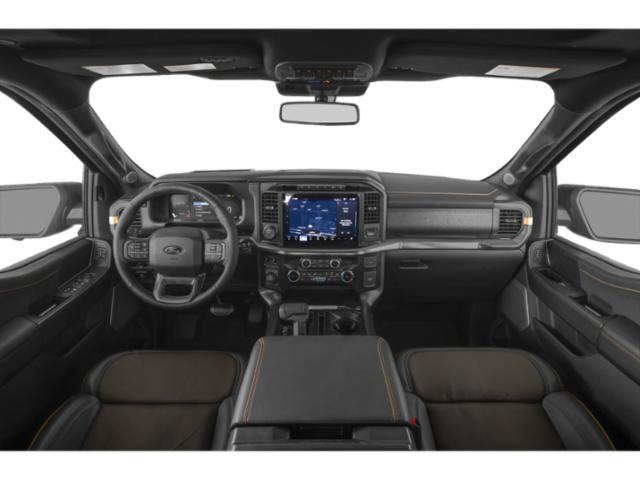
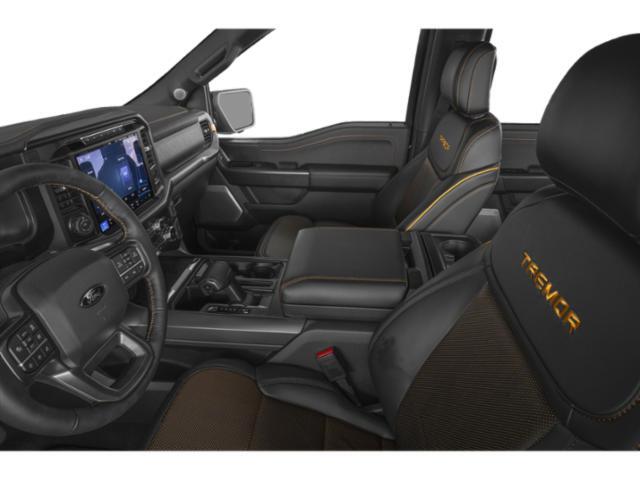
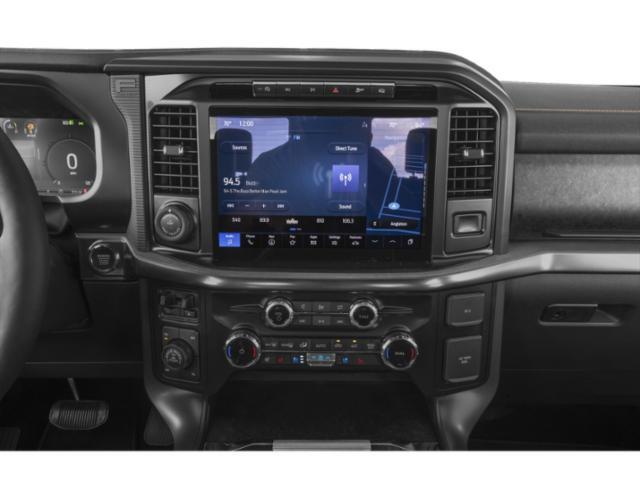
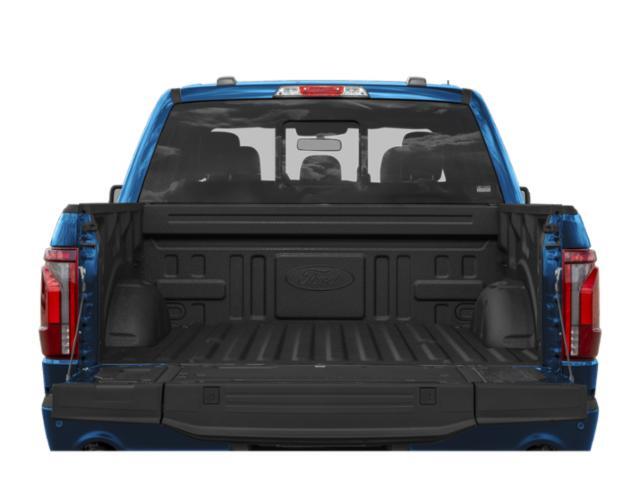
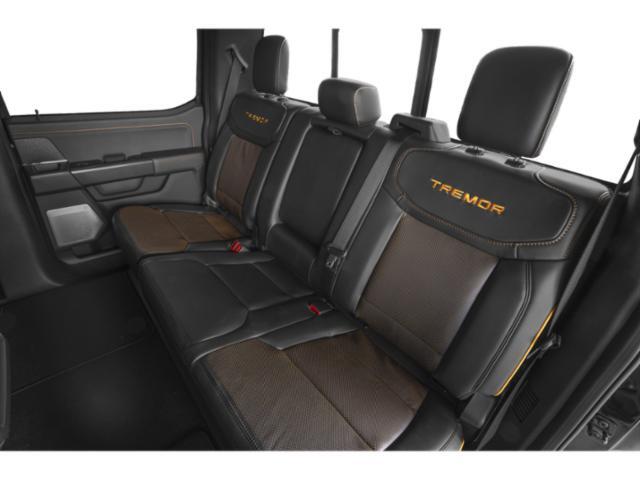
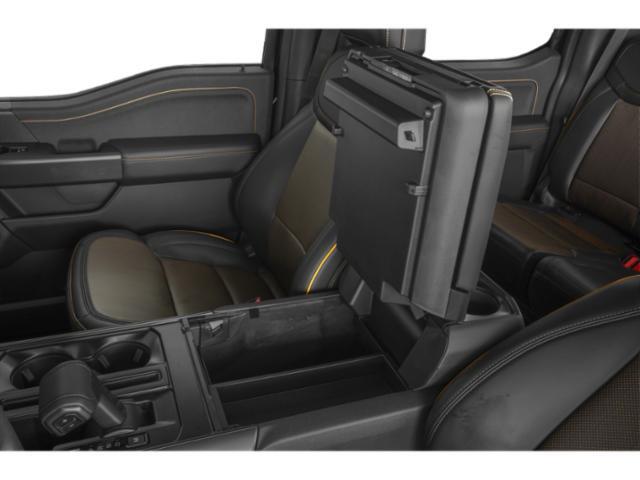
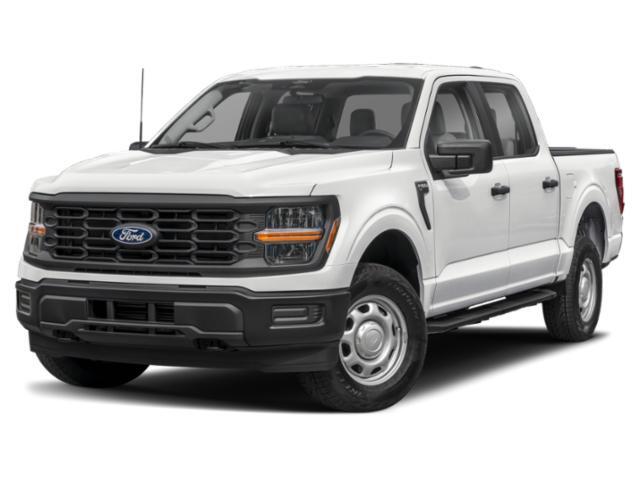
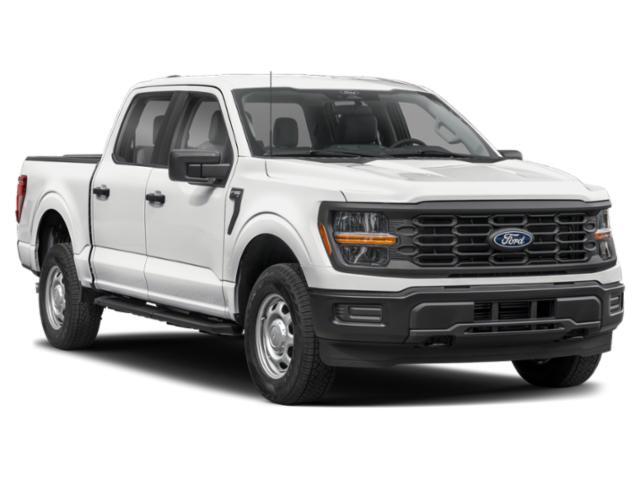

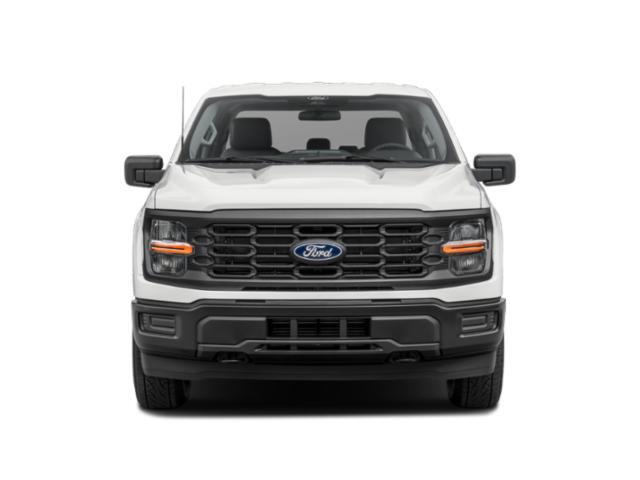


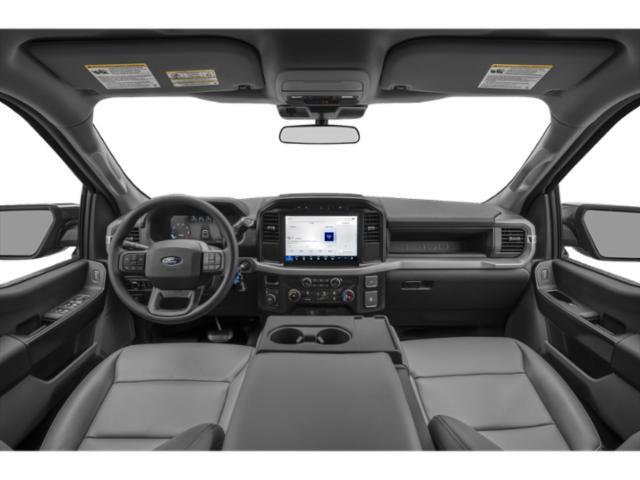
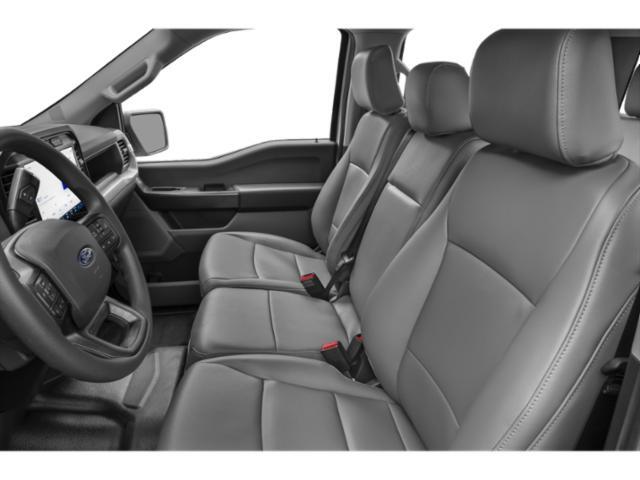
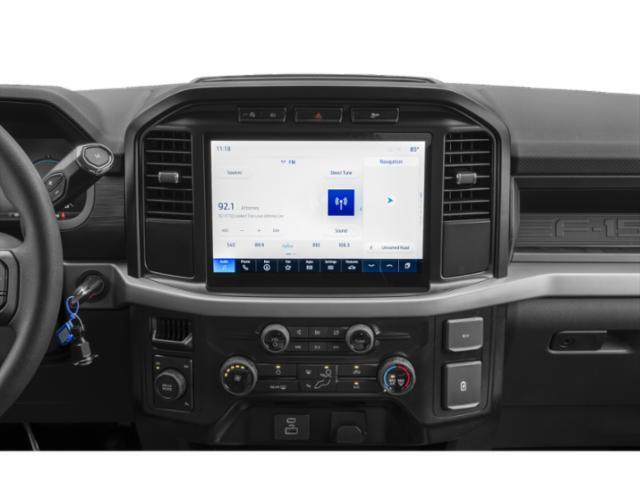
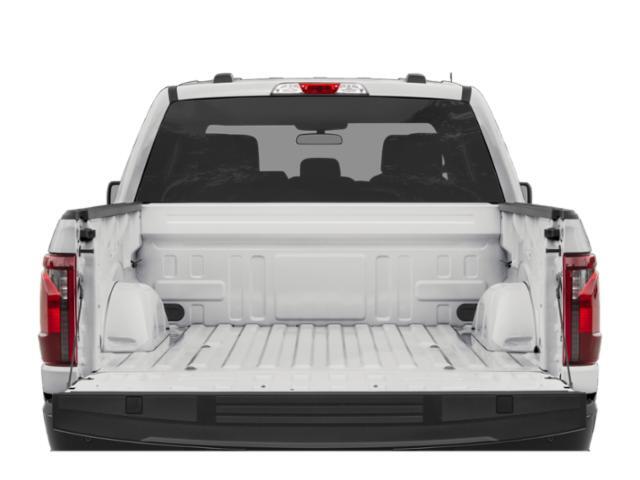

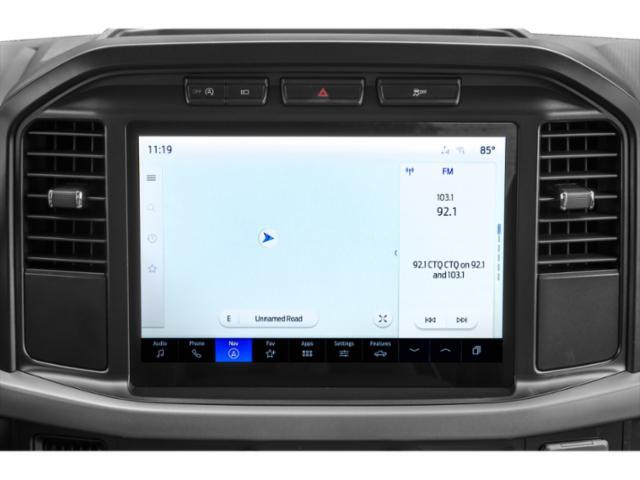

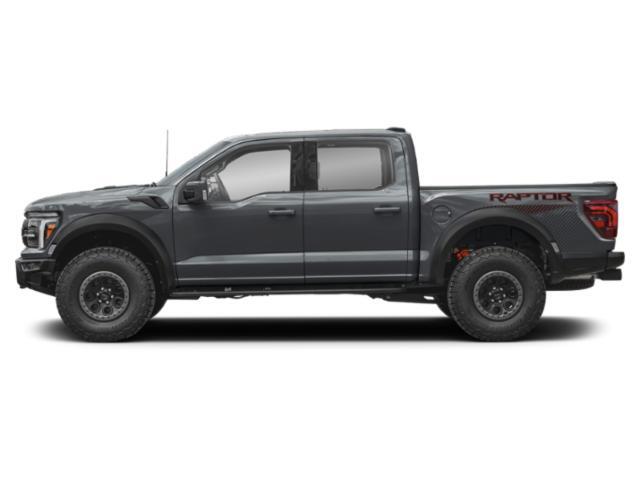
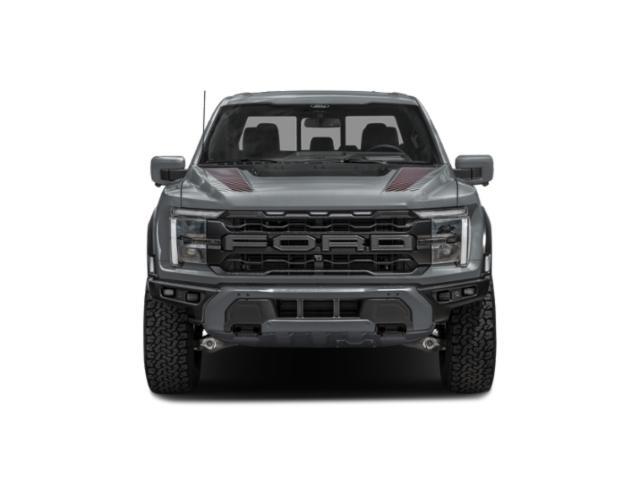
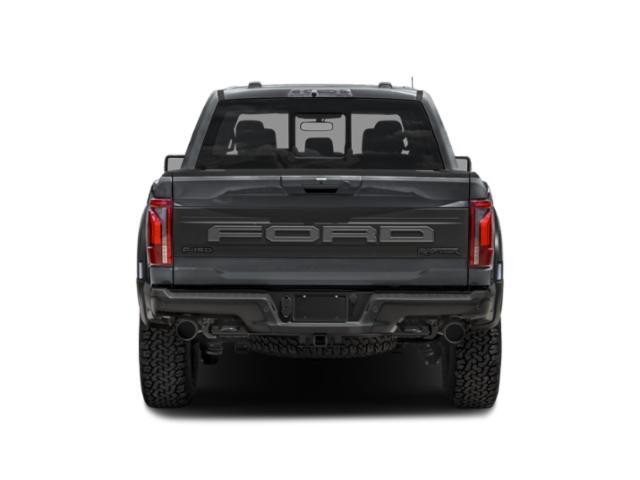
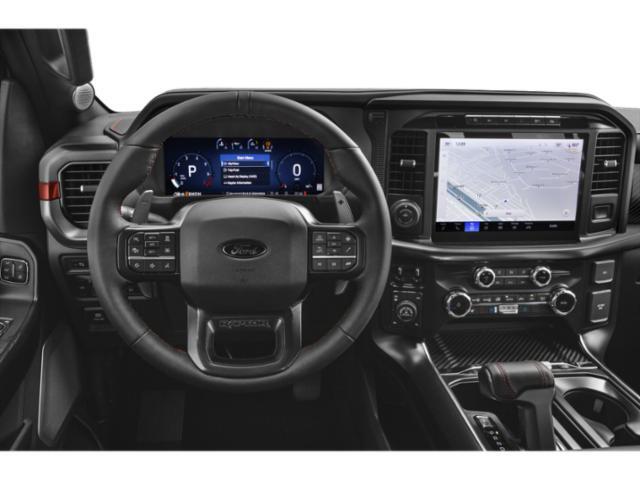
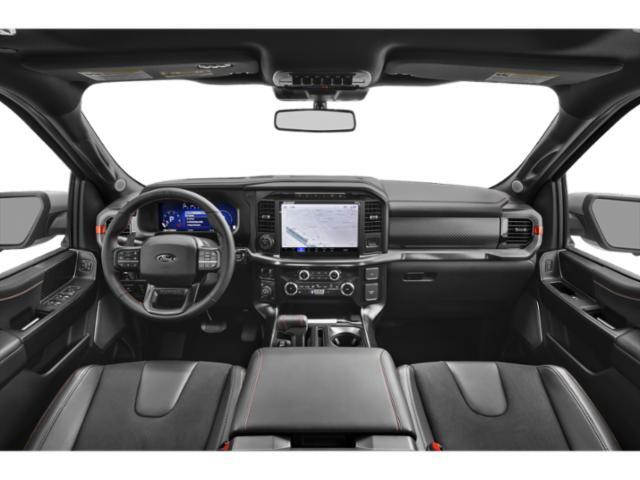
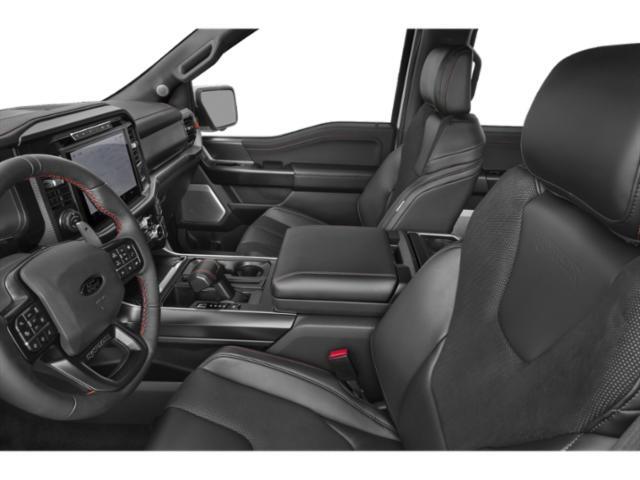

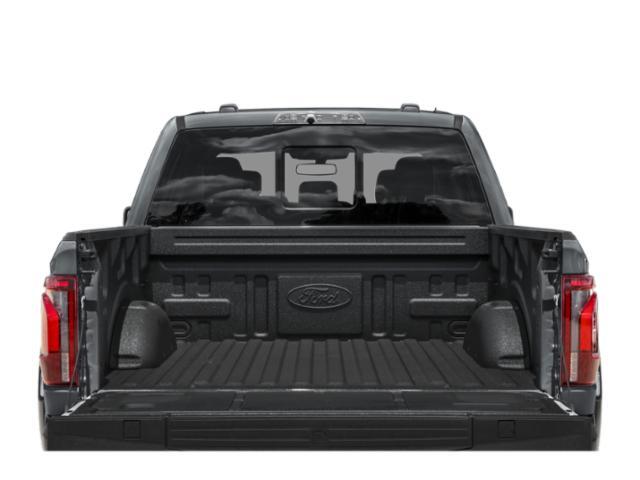
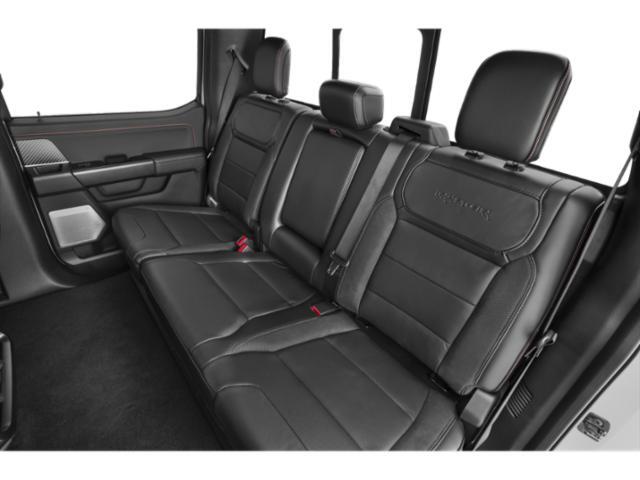
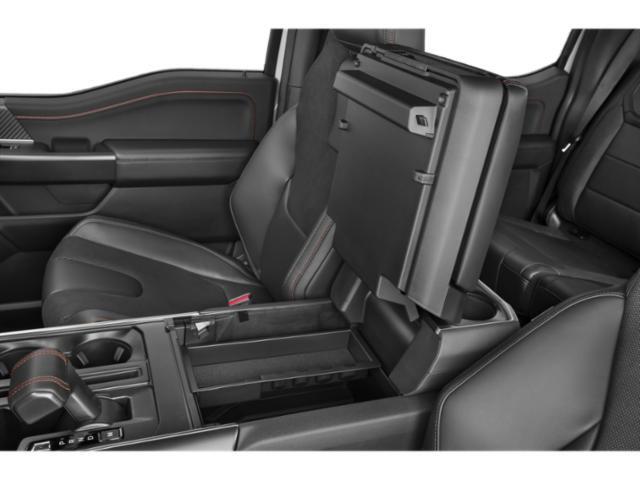
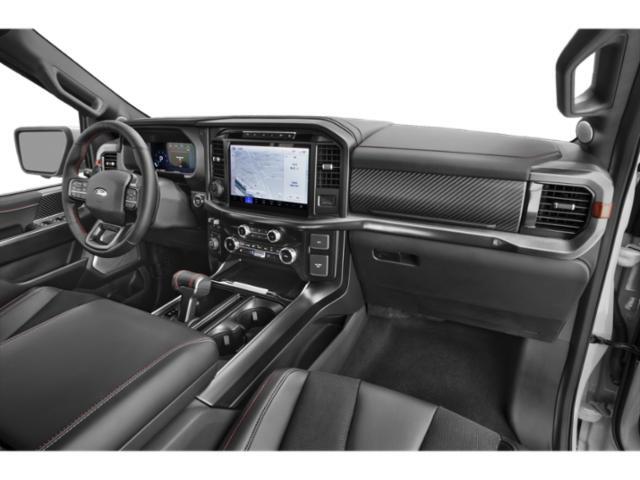
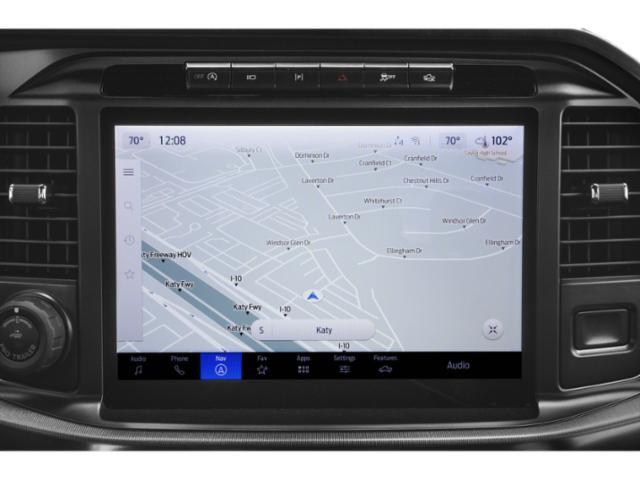
















































































































































Reviews and News
Owner Scores
Comfort
N/A
Performance
N/A
Fuel Economy
N/A
Interior Design
N/A
Exterior Styling
N/A
Reliability
N/A
Owner Reviews
problemford
hard to work on the motor not enough space
December 14, 2017
Overall Score
lots of problems hood release keeps breaking shitty lighting changing the oil yourself was a hassle in the spot that they put it didnt even recognize the oil filter i found the seats very stiff the brake line kept freezing in the winter
Comfort
6
Performance
6
Fuel Economy
4
Interior Design
6
Exterior Styling
8
Reliability
6
Recall Information
* Data provided by Transport Canada
Recall number
Recall date
System affected
Model year(s) affected
Recall number
2025-286
Recall date
2025-05-23
System affected
Suspension
Model year(s) affected
2023 2024 2025
Manufacturer Recall Number:
24S76
Units Affected:
11,409
Notification Type:
Safety Mfr
Issue:
On certain F-150 Lightning (electric) trucks, the nuts for the ball joints that connect the front upper control arms to the steering knuckles may not have been properly tightened. As a result, the upper control arms could separate from the knuckles. If this happens, there could be a loss of steering control.
Note: This recall replaces Transport Canada recall no. 2024-778. Vehicles that were repaired under that recall don't require this repair.
Safety Risk:
A loss of steering control could create a risk of a crash.
Corrective Actions:
Ford will notify owners by mail and advise you to take your vehicle to a dealership to inspect for loose and/or missing nuts. If any loose or missing nuts are found, the dealer will replace the steering knuckle(s) and nut(s).
Recall number
2025-260
Recall date
2025-05-09
System affected
Visual System
Model year(s) affected
2021 2022 2023 2024
Manufacturer Recall Number:
25S49
Units Affected:
159,135
Notification Type:
Safety Mfr
Issue:
On certain vehicles, a software problem could cause the rearview camera image not to display or to freeze when the transmission is shifted into reverse.
Safety Risk:
A rearview camera image that doesn't display correctly could reduce a driver's ability to see behind the vehicle while backing up. This could increase the risk of a crash.
Corrective Actions:
Ford will notify owners by mail and send a wireless over-the-air software update to eligible vehicles to update the SYNC software. Alternatively, you may schedule an appointment to have the update performed at a Ford dealership.
Recall number
2025-163
Recall date
2025-03-28
System affected
Engine
Model year(s) affected
2024
Manufacturer Recall Number:
25S30
Units Affected:
635
Notification Type:
Safety Mfr
Issue:
On certain vehicles, the engine cup plug(s) may not have been installed properly. As a result, engine oil could leak and cause a loss of power to the wheels.
Note: This recall only affects certain vehicles equipped with a 3.5 L turbo engine. Vehicles affected by Transport Canada recall no. 2024-687 also require this repair.
Safety Risk:
A loss of power to the wheels could increase the risk of a crash. Oil that leaks onto hot components can create the risk of a fire. Additionally, an oil leak could create a hazard for others and increase the risk of a crash.
Corrective Action:
Ford will notify owners by mail and advise you to take your vehicle to a dealership to inspect and, if necessary, replace the cup plug(s).
Recall number
2025-137
Recall date
2025-03-14
System affected
Powertrain
Model year(s) affected
2021
Manufacturer Recall Number:
25S24
Units Affected:
14
Notification Type:
Safety Mfr
Issue:
On certain trucks, the recall repairs completed by a Ford dealer during recall 22S15 (Transport Canada recall no. 2022-144) may not have been done correctly. As a result, a second repair is required.
On certain trucks, the powertrain control module (PCM) may have been programmed incorrectly. As a result, a false diagnostic trouble code (DTC) could cause the transmission to shift into neutral while driving, causing a sudden loss of power to the wheels. If the vehicle speed drops below 3 km/h after this happens, the transmission can shift to park automatically.
Note: This recall only affects trucks equipped with a 2.7 L, 3.5 L, or 5.0 L engine and without auto start-stop technology.
Safety Risk:
A loss of power to the wheels could increase the risk of a crash.
Corrective Actions:
Ford will notify owners by mail and advise you to take your truck to a dealership to update the powertrain control module (PCM) software.
Recall number
2025-110
Recall date
2025-03-02
System affected
High Voltage
Model year(s) affected
2022 2023 2024
Manufacturer Recall Number:
25S18
Units Affected:
216
Notification Type:
Safety Mfr
Issue:
On certain F-150 Lightning (electric) trucks, there could be a problem inside the high-voltage battery. As a result, the battery modules could overheat and short circuit.
Safety Risk:
A short circuit in the high-voltage battery can create a fire risk.
Corrective Actions:
To reduce the safety risk, Ford recommends that you set the maximum charge setting of your vehicle at 80% until the recall repairs are completed. Ford will notify owners by mail and advise you to take your vehicle to a dealership to inspect and replace the high-voltage battery modules, as necessary.
Recall number
2024-779
Recall date
2024-12-20
System affected
Visual System
Model year(s) affected
2015 2016 2017 2018 2019 2020
Manufacturer Recall Number:
24S77
Units Affected:
260,143
Notification Type:
Safety TC
Issue:
On certain trucks, the windshield wiper linkage could corrode and seize. If this happens, the windshield wipers may not work.
Safety Risk:
Windshield wipers that don't work could reduce visibility and increase the risk of a crash.
Corrective Actions:
Ford will notify owners by mail and advise you to take your truck to a dealership to replace the windshield wiper linkage.
Recall number
2024-778
Recall date
2024-12-20
System affected
Suspension
Model year(s) affected
2023 2024
Manufacturer Recall Number:
24S76
Units Affected:
1,599
Notification Type:
Safety Mfr
Issue:
On certain F-150 Lightning (electric) trucks, the nuts for the ball joints that connect the front upper control arms to the steering knuckles may not have been properly tightened. As a result, the upper control arms could separate from the knuckles. If this happens, there could be a loss of steering control.
Safety Risk:
A loss of steering control could create a risk of a crash.
Corrective Actions:
Ford will notify owners by mail and advise you to take your vehicle to a dealership to inspect for loose and/or missing nuts. If any loose or missing nuts are found, the dealer will replace the steering knuckle(s) and nut(s).
Recall number
2024-527
Recall date
2024-09-13
System affected
Lights And Instruments
Model year(s) affected
2022
Manufacturer Recall Number:
24C30
Units Affected:
4,210
Notification Type:
Compliance Mfr
Issue:
On certain trucks, an unrelated over-the-air update to the body control module may have prevented the software update from recall 22C22 (Transport Canada recall no. 2022-520) from being received. As a result, a second repair for 22C22 is required at a dealership.
Under certain conditions, the parking lamps could flicker. As a result, the parking lights could be difficult to see. Canadian regulations require the parking lamps to stay on constantly when the headlights are turned on.
Safety Risk:
Parking lamps that don't work properly could make the vehicle less visible to others and could increase the risk of a crash.
Corrective Actions:
Ford will notify owners by mail and advise you to take your truck to a dealership to replace the LED driver module (LDM).
Recall number
2024-492
Recall date
2024-08-23
System affected
Engine
Model year(s) affected
2021
Manufacturer Recall Number:
24S55
Units Affected:
11,821
Notification Type:
Safety Mfr
Issue:
On certain vehicles, the intake valves may not have been manufactured properly. As a result, the valves could break and cause the engine to fail.
Note: This recall only affects certain vehicles equipped with a 2.7L or 3.0L EcoBoost engine. This problem would cause the engine to run rough and the engine malfunction indicator lamp to turn on.
Safety Risk:
An engine failure could cause a sudden loss of power to the wheels and increase the risk of a crash.
Corrective Actions:
Ford will notify owners by mail and advise you to take your vehicle to a dealership to inspect and, if necessary, replace the engine.
Recall number
2024-124
Recall date
2024-02-26
System affected
Electrical
Model year(s) affected
2023
Manufacturer Recall Number:
24S11
Units Affected:
116
Notification Type:
Safety Mfr
Issue:
On certain F-150 Lightning (electric) trucks, nuts in the high voltage battery pack could be loose or missing. This could cause a short circuit or electrical arcing (sparks). If this happens, there could be a sudden loss of power to the wheels.
Safety Risk:
A loss of power to the wheels could increase the risk of a crash. A short circuit or electrical arcing could create the risk of a fire or injury.
Corrective Actions:
Ford will notify owners by mail and advise you to take your truck to a dealership to inspect for loose and/or missing nut(s). If any loose or missing nuts are found, further repairs will be needed. The corrective actions for this recall are under development.
Recall number
2023-705
Recall date
2023-12-22
System affected
Powertrain
Model year(s) affected
2021 2022 2023
Manufacturer Recall Number:
23S65
Units Affected:
20,664
Notification Type:
Safety TC
Issue:
On certain trucks, the rear axle hub bolt(s) could break and cause the axle shaft(s) splines to wear. If this happens, there could be a loss of power to the wheels. Additionally, if the truck is parked and the parking brake isn't applied, the truck could roll away.
Note: This recall only affects trucks equipped with the Trailer Tow Max Duty optional package.
Safety Risk:
A loss of power to the wheels could increase the risk of a crash. A parked vehicle that rolls away could create the risk of an injury or a crash.
Corrective Actions:
Ford will notify owners by mail. The corrective actions for this recall are under development.
Recall number
2023-678
Recall date
2023-12-15
System affected
Airbag
Model year(s) affected
2023
Manufacturer Recall Number:
23S63
Units Affected:
2,219
Notification Type:
Safety Mfr
Issue:
On certain trucks, the wiring in the steering wheel clockspring could become disconnected. This would cause the airbag warning lamp to turn on, and the driver-front airbag would not inflate in a crash. The problem may also cause the horn or other steering wheel-mounted controls not to work properly.
Safety Risk:
An airbag that doesn't work properly could increase the risk of injury in a crash.
Corrective Actions:
Ford will notify owners by mail and advise you to take your truck to a dealership to inspect and, if necessary, replace the clockspring.
Recall number
2023-639
Recall date
2023-11-29
System affected
Brakes
Model year(s) affected
2022 2023
Manufacturer Recall Number:
23C38
Units Affected:
1,408
Notification Type:
Safety Mfr
Issue:
On certain F-150 Lightning (electric) trucks, a software problem could cause the electronic stability control (ESC) system not to return back to the default setting when the vehicle is started. Canadian regulations require the stability control system to start in the default setting each time that you start the vehicle.
Safety Risk:
A driver that isn't aware the stability control system is in a different setting could have an increased risk of a crash.
Corrective Actions:
Ford will notify owners by mail and send a wireless over-the-air software update for the SYNC module to each vehicle. Alternatively, you may schedule an appointment to have the update performed at a Ford dealership.
Recall number
2023-638
Recall date
2023-11-29
System affected
Lights And Instruments
Model year(s) affected
2022
Manufacturer Recall Number:
23C36
Units Affected:
4,265
Notification Type:
Compliance Mfr
Issue:
On certain trucks, the software update completed by a Ford dealer during recall 22C22 (Transport Canada Recall 2022-520) may not have been done correctly. As a result, a second repair is required.
Under certain conditions, the parking lamps could flicker. As a result, the parking lights could be difficult to see. Canadian regulations require the parking lamps to stay on constantly when the headlights are turned on.
Note: This recall only affects vehicles with LED parking lamps.
Safety Risk:
Parking lamps that do not work properly could make the vehicle less visible to others and could increase the risk of a crash.
Corrective Actions:
Ford will notify owners by mail and advise you to take your vehicle to a dealership to reprogram the LED driver module (LDM).
Recall number
2023-555
Recall date
2023-10-17
System affected
Heater And Defroster
Model year(s) affected
2023
Manufacturer Recall Number:
23C32
Units Affected:
453
Notification Type:
Compliance Mfr
Issue:
On certain F-150 Lightning (electric) trucks, the electronic cabin coolant heater may not have been manufactured correctly. As a result, you may experience reduced cabin heat, and the windshield defrost system may not work properly.
Safety Risk:
A windshield defroster that doesn't work may cause reduced visibility and increase the risk of a crash.
Corrective Actions:
Ford will notify owners by mail and advise you to take your vehicle to a dealership to replace the electronic cabin coolant heater.
Recall number
2023-405
Recall date
2023-07-25
System affected
Brakes
Model year(s) affected
2021 2022 2023
Manufacturer Recall Number:
23S35
Units Affected:
171,442
Notification Type:
Safety Mfr
Issue:
On certain trucks, the rear axle wiring harness could rub against the rear axle housing. Over time, this could cause damage to the wiring harness, and the electric parking brake could apply suddenly while driving.
Safety Risk:
A parking brake that self-applies while driving could increase the risk of a crash.
Corrective Actions:
Ford will notify owners by mail and advise you to take your vehicle to a dealership to inspect and secure the rear axle wiring harness. If damage is found, the dealer will replace the wiring harness.
Recall number
2023-340
Recall date
2023-06-09
System affected
Lights And Instruments
Model year(s) affected
2022 2023
Manufacturer Recall Number:
23S30
Units Affected:
4,599
Notification Type:
Safety Mfr
Issue:
On certain F-150 Lightning (electric) trucks, the rear lightbar could crack. If this happens, water could leak into the lightbar and cause the reverse lamps not to work, or they could flicker.
Note: This recall only affects trucks with the Platinum or Lariat trim package.
Safety Risk:
Reverse lamps that don't work could cause others not to recognize when a vehicle is backing up, and increase the risk of a crash.
Corrective Actions:
Ford will notify owners by mail and advise you to take your vehicle to a dealership to replace the rear lightbar.
Recall number
2023-133
Recall date
2023-03-13
System affected
Visual System
Model year(s) affected
2021
Manufacturer Recall Number:
23S10
Units Affected:
49,639
Notification Type:
Safety Mfr
Issue:
On certain trucks, the windshield wiper arms may not have been manufactured correctly. As a result, the wiper arms could slip and they may not wipe the windshield properly.
Note: This problem could cause slow or erratic wiper arm movement.
Safety Risk:
Windshield wipers that do not work properly could affect a driver's visibility. This could increase the risk of a crash.
Corrective Actions:
Ford will notify owners by mail and instruct you to take your vehicle to a dealership to replace the windshield wiper arms.
Recall number
2023-100
Recall date
2023-02-27
System affected
Powertrain
Model year(s) affected
2023
Manufacturer Recall Number:
23S07
Units Affected:
55
Notification Type:
Safety Mfr
Issue:
On certain trucks, the front axle drive pinion could break. If this happens, the truck will lose power to the front wheels, and the wheels could lock up suddenly while driving.
Note: This recall only affects certain 4x4 trucks equipped with a 3.73:1 axle ratio.
Safety Risk:
Front wheels that lock suddenly could cause a loss of control and increase the risk of a crash.
Corrective Actions:
Ford will notify owners by mail and instruct you to bring your vehicle to a dealership to replace the front axle pinion gear set. If the front axle pinion is broken, the dealer will replace the entire front axle assembly.
Recall number
2023-057
Recall date
2023-02-13
System affected
Powertrain
Model year(s) affected
2023
Manufacturer Recall Number:
23S06
Units Affected:
48
Notification Type:
Safety Mfr
Issue:
On certain vehicles equipped with an automatic transmission, there could be a loose bolt inside the transmission. As a result, the bolt could move and block the parking pawl. If this happens, the parking pawl may not engage when you shift to park, and the vehicle could roll away if the parking brake isn't used.
Note: You should always follow the parking procedure in the owner's manual and set the parking brake each time that you park.
Safety Risk:
A parked vehicle that moves unexpectedly could create a risk of a crash or an injury.
Corrective Actions:
Ford will notify owners by mail and instruct you to bring your vehicle to a dealership to inspect and, if necessary, replace the transmission.
Recall number
2023-054
Recall date
2023-02-13
System affected
Airbag
Model year(s) affected
2023
Manufacturer Recall Number:
23C01
Units Affected:
10
Notification Type:
Compliance Mfr
Issue:
On certain trucks, a problem with the instrument panel cover may cause the passenger-front airbag not to inflate properly in a crash.
Note: This recall only affects F-150 Platinum and Limited trim models.
Safety Risk:
The passenger-front airbag may not open and inflate properly in a crash, which could create an increased risk of injury.
Corrective Actions:
Ford will notify owners by mail and instruct you to take your truck to a dealership to replace the right-hand instrument panel cover.
Recall number
2022-650
Recall date
2022-11-15
System affected
Visual System
Model year(s) affected
2021 2022
Manufacturer Recall Number:
22S71
Units Affected:
106,044
Notification Type:
Safety Mfr
Issue:
On certain trucks, the windshield wiper motor may fail. If this happens, the windshield wipers will not work.
Safety Risk:
Windshield wipers that do not work could affect a driver's visibility and increase the risk of a crash.
Corrective Actions:
Ford will notify owners by mail and instruct you to take your truck to a dealer to replace the windshield wiper motor.
Recall number
2022-521
Recall date
2022-09-16
System affected
Airbag
Model year(s) affected
2022
Manufacturer Recall Number:
22C23
Units Affected:
25
Notification Type:
Compliance Mfr
Issue:
On certain trucks, a problem with the instrument panel cover may cause the passenger-front airbag not to inflate properly in a crash. This could also cause plastic pieces to be propelled toward vehicle occupants when the airbag inflates.
Note: This recall only affects vehicles with an admiral blue or carmine red interior.
Safety Risk:
The passenger-front airbag may not open and inflate properly in a crash, and plastic pieces could be propelled towards the vehicle occupants. This could create an increased risk of injury in a crash.
Corrective Actions:
Ford will notify owners by mail and instruct you to take your truck to a dealership to replace the right-hand instrument panel cover.
Recall number
2022-520
Recall date
2022-09-16
System affected
Lights And Instruments
Model year(s) affected
2022
Manufacturer Recall Number:
22C22
Units Affected:
20,389
Notification Type:
Safety Mfr
Issue:
Under certain conditions, the parking lamps could flicker. As a result, the parking lights could be difficult to see. Canadian regulations require the parking lamps to stay on constantly when the headlights are turned on.
Note: This recall only affects vehicles with LED parking lamps.
Safety Risk:
Parking lamps that do not work properly could make the vehicle less visible to others and could increase the risk of a crash.
Corrective Actions:
Ford will notify owners by mail and instruct you to take your vehicle to a dealership to replace and/or reprogram the LED driver module (LDM).
Recall number
2022-507
Recall date
2022-09-08
System affected
Wheels
Model year(s) affected
2022
Manufacturer Recall Number:
22S59
Units Affected:
218
Notification Type:
Safety Mfr
Issue:
On certain F-150 Raptor models equipped with 37-inch tires, the wheel lug nuts may not have been properly tightened. As a result, the lug nuts could loosen or fall off. If this happens, a wheel could separate from the vehicle.
Safety Risk:
A wheel separation could cause a loss of control and increase the risk of a crash. A wheel that separates could also hit another person or vehicle.
Corrective Actions:
Ford will notify owners by mail and instruct you to take your vehicle to a dealership to inspect the wheel lug nuts. They will be tightened or replaced, as necessary.
Recall number
2022-461
Recall date
2022-08-12
System affected
Structure
Model year(s) affected
2021 2022
Manufacturer Recall Number:
22S53
Units Affected:
11,349
Notification Type:
Safety Mfr
Issue:
On certain trucks, the insulators under the truck may have been installed in error. As a result, it could loosen and damage the driveshaft. If this happens, the driveshaft could break and cause a loss of power to the wheels. A broken driveshaft could also contact the ground and cause a loss of control. Additionally, the truck could move when the transmission is in Park and the parking brake is not used.
Note: This recall only affects certain 4x4 models with a 145" wheelbase that have specific trim packages and an aluminum driveshaft.
Safety Risk:
A loss of power to the wheels or a loss of control could increase the risk of a crash. A parked vehicle that rolls away could also create the risk of an injury or a crash.
Corrective Actions:
Ford will notify owners by mail and instruct you to take your truck to a dealership inspect if underbody insulators are installed and add new attachments as required. The dealer will also inspect the driveshaft for damage and repair it, as necessary.
Recall number
2022-338
Recall date
2022-06-24
System affected
Tires
Model year(s) affected
2022
Manufacturer Recall Number:
22S45
Units Affected:
220
Notification Type:
Safety Mfr
Issue:
On certain F-150 Lightning (electric) models, the tire pressure monitoring system (TPMS) warning light may not turn on until the tire pressure is very low. Driving a vehicle with low tire pressure could lead to poor handling and/or a tire failure.
Safety Risk:
Poor handling or a tire failure could cause a loss of control and increase the risk of a crash.
Corrective Actions:
Ford will notify owners by mail and send a wireless over-the-air software update to each vehicle. Alternatively, you may schedule an appointment to have the update performed at a Ford dealership. To reduce the safety risk, Ford recommends that you should check the tire pressure and ensure that it matches the pressures listed on the tire and loading information label located inside the driver's door jamb.
Recall number
2022-282
Recall date
2022-04-21
System affected
Visual System
Model year(s) affected
2019
Manufacturer Recall Number:
20C19
Units Affected:
619
Notification Type:
Compliance Mfr
Issue:
On certain vehicles, an electrical problem with the rearview camera could cause it not to work properly. As a result, the rearview image may be distorted or not display at all.
Note: This is an expansion of recall 20C19 (Transport Canada Recall 2020-454).
Safety Risk:
A rearview camera image that does not display could reduce a driver's ability to see behind the vehicle while backing up. This could increase the risk of a crash.
Corrective Actions:
Ford will notify owners by mail and instruct you to take your vehicle to a dealership to replace the rearview camera.
Recall number
2022-279
Recall date
2022-05-30
System affected
Brakes
Model year(s) affected
2021 2022
Manufacturer Recall Number:
22S38
Units Affected:
1,238
Notification Type:
Safety Mfr
Issue:
This recall is for accessory trailer brake controllers that were dealer-installed or sold as an accessory part at a Ford dealership.
A software problem in the trailer brake controller could cause the trailer brakes not to apply when you brake.
Safety Risk:
A loss of trailer brakes could increase the risk of a crash.
Corrective Actions:
Ford will notify owners by mail and instruct you to take your vehicle to a dealership to update the integrated trailer brake control module software.
Recall number
2022-195
Recall date
2022-04-14
System affected
Airbag
Model year(s) affected
2022
Manufacturer Recall Number:
22S24
Units Affected:
4,649
Notification Type:
Safety Mfr
Issue:
On certain trucks, the wiring for the steering column squib may be too short. As a result, the wiring could be damaged or separate if the steering column is fully extended. If this happens, the steering column may not collapse properly in a crash. A damaged wiring harness can cause the airbag warning light to turn on.
Note: This recall only affects trucks equipped with a power-adjustable, telescoping steering column.
Safety Risk:
A steering column that does not collapse properly in a crash could increase the risk of injury.
Corrective Actions:
Ford will notify owners by mail and instruct you to take your truck to a dealership to inspect the length of the steering column squib wiring harness. If the wiring harness is too short, the dealer will lengthen it.
Recall number
2022-146
Recall date
2022-03-29
System affected
Brakes
Model year(s) affected
2021 2022
Manufacturer Recall Number:
22S17
Units Affected:
97,034
Notification Type:
Safety Mfr
Issue:
A software problem in the trailer brake controller could cause the trailer brakes not to apply when you brake.
Note: This recall only affects vehicles equipped with the optional trailer brake controller.
Safety Risk:
A loss of trailer brakes could increase the risk of a crash.
Corrective Actions:
Ford will notify owners by mail and instruct you to take your vehicle to a dealership to update the integrated trailer brake control module software.
Recall number
2022-144
Recall date
2022-03-28
System affected
Powertrain
Model year(s) affected
2021
Manufacturer Recall Number:
22S15
Units Affected:
4,225
Notification Type:
Safety Mfr
Issue:
On certain trucks, the powertrain control module (PCM) may have been programmed incorrectly. As a result, a false diagnostic trouble code (DTC) could cause the transmission to shift into neutral while driving, causing a sudden loss of power to the wheels. If the vehicle speed drops below 3 km/h after this happens, the transmission can shift to park automatically.
Note: This recall only affects trucks equipped with a 2.7 L, 3.5 L, or 5.0 L engine and without auto start-stop technology.
Safety Risk:
A loss of power to the wheels could increase the risk of a crash.
Corrective Actions:
Ford will notify owners by mail and instruct you to take your truck to a dealership to update the powertrain control module (PCM) software.
Recall number
2022-116
Recall date
2022-03-14
System affected
Visual System
Model year(s) affected
2021
Manufacturer Recall Number:
22S12
Units Affected:
34,734
Notification Type:
Safety Mfr
Issue:
On certain trucks, the windshield wiper motor may fail. If this happens, the windshield wipers will not work.
Safety Risk:
Windshield wipers that do not work could affect a driver's visibility and increase the risk of a crash.
Corrective Actions:
Ford will notify owners by mail and instruct you to take your truck to a dealer to replace the windshield wiper motor.
Recall number
2022-115
Recall date
2022-03-14
System affected
Brakes
Model year(s) affected
2016 2017
Manufacturer Recall Number:
22S11
Units Affected:
13,097
Notification Type:
Safety Mfr
Issue:
On certain trucks equipped with a 3.5 L Ecoboost engine, brake fluid could leak from the brake master cylinder into the brake booster. This can cause reduced front brake performance, and the driver may experience increased brake pedal travel and increased pedal effort. Full braking function remains in the rear wheel circuit.
Note: Depending on the amount of brake fluid loss, the driver may hear a warning chime and see a red brake warning indicator in the instrument cluster. This is an expansion of Ford recall 20S31 (Transport Canada Recall No. 2020-252).
Safety Risk:
Reduced front brake performance can cause extended stopping distances and increase the risk of a crash.
Corrective Actions:
Ford will notify owners by mail and instruct you to take your truck to a dealer to replace the brake master cylinder. The dealer will also replace the brake booster if the brake master cylinder is leaking.
Recall number
2021-775
Recall date
2021-12-17
System affected
Powertrain
Model year(s) affected
2021
Manufacturer Recall Number:
21S56
Units Affected:
40,362
Notification Type:
Safety Mfr
Issue:
On certain trucks, the insulation under the truck may loosen and damage the driveshaft. If this happens, the driveshaft could break and cause a loss of power to the wheels. A broken driveshaft could also contact the ground and cause a loss of control. Additionally, the truck could move when the transmission is in Park and the parking brake is not used.
Note: This recall only affects certain SuperCrew 4x4 models with a 5.5' box that have specific options and an aluminum driveshaft.
Safety Risk:
A loss of power to the wheels or a loss of control could increase the risk of a crash. A parked vehicle that rolls away could also create the risk of an injury or a crash.
Corrective Actions:
Ford will notify owners by mail and instruct you to take your truck to a dealer to add new attachments for the underbody insulators. The dealer will also inspect the driveshaft for damage and repair it, as necessary.
Recall number
2021-771
Recall date
2021-12-17
System affected
Structure
Model year(s) affected
2018
Manufacturer Recall Number:
21S53
Units Affected:
14,401
Notification Type:
Safety Mfr
Issue:
On certain trucks, the tailgate could unlatch and open while driving. If this happens, cargo that is not secured could fall out of the truck bed and onto the road.
Safety Risk:
Cargo that falls from the truck bed could create a road hazard for others.
Corrective Actions:
Ford will notify owners by mail and instruct you to take your truck to dealer to replace both left and right-hand tailgate latches.
Recall number
2021-638
Recall date
2021-10-18
System affected
Airbag
Model year(s) affected
2021
Manufacturer Recall Number:
21C26
Units Affected:
61
Notification Type:
Compliance Mfr
Issue:
On certain vehicles, the side-impact sensors in the front doors may have been damaged during assembly. As a result, the side airbags may not work properly in a side-impact crash.
Safety Risk:
An airbag that does not work properly could create an increased risk of injury in a crash.
Corrective Actions:
Ford will notify owners by mail and instruct you to take your vehicle to a Ford dealer replace the driver and passenger-front door side-impact pressure sensors.
Recall number
2021-526
Recall date
2021-08-23
System affected
Seats And Restraints
Model year(s) affected
2021
Manufacturer Recall Number:
21C20
Units Affected:
3,331
Notification Type:
Compliance Mfr
Issue:
On certain trucks, the driver and/or front passenger seat belts may not be properly routed through the anchor eyelets. As a result, the seat belts may not work as designed in a crash.
Note: This recall only affects SuperCab body style trucks.
Safety Risk:
A seat belt that does not work properly could increase the risk of injury in a crash.
Corrective Actions:
Ford will notify owners by mail and provide you with instructions for inspecting the driver and front passenger seat belts before using either seat. Depending on the results, Ford advises that you should take the following steps:
1. If the seat belts pass the inspection, you should schedule an appointment and take your truck to a dealer to inspect and replace the seat belt retractor and pretensioner assemblies, as necessary.
2. If the driver's seat belt does not pass the self-inspection, or you are uncertain of the results of your inspection, you should not drive your truck and contact your dealer to make arrangements to have it towed for an inspection.
3. If the front passenger's seat belt does not pass the self-inspection, do not use that seat unit the seat belt has been inspected by a dealer.
Recall number
2021-141
Recall date
2021-03-11
System affected
Tires
Model year(s) affected
2018
Manufacturer Recall Number:
21S10
Units Affected:
3,082
Notification Type:
Safety Mfr
Issue:
Certain vehicles were built with tires that may have been cured too long. As a result, the sidewall could crack or the tread and belts could separate. This could lead to a sudden loss of air pressure and could cause a tire failure.
Note: This recall only affects certain Continental tires, with specific date codes and mold numbers.
Safety Risk:
A tire failure could cause a loss of control and increase the risk of a crash.
Corrective Actions:
Ford will notify the owners by mail and instruct them to take the vehicle to a dealer to inspect and replace the tires, if necessary.
Recall number
2020-454
Recall date
2020-09-24
System affected
Lights And Instruments
Model year(s) affected
2020
Manufacturer Recall Number:
20C19
Units Affected:
76,566
Notification Type:
Compliance Mfr
Issue:
On certain vehicles, an electrical problem with the rearview camera could cause it not to work properly. As a result, the rearview image may be distorted or not display at all.
Safety Risk:
A rearview camera image that does not display could reduce a driver's ability to see behind the vehicle while backing up. This could increase the risk of a crash.
Corrective Actions:
Ford will notify owners by mail and instruct you to take your vehicle to a dealer to replace the rearview camera.
Recall number
2020-144
Recall date
2020-04-06
System affected
Powertrain
Model year(s) affected
2020
Manufacturer Recall Number:
20S18
Units Affected:
12,090
Notification Type:
Safety Mfr
Issue:
On certain vehicles, the transmission shift cable may detach. This could cause the transmission not to shift gears when the shifter is moved. As a result, the transmission could be in a different gear than the gear shifter indicates. If a driver attempts to exit the vehicle while the transmission is not in Park, and the parking brake is not applied, it could move suddenly.
Safety Risk:
Sudden and unexpected movement of the vehicle could increase the risk of a crash.
Corrective Actions:
Ford will notify owners by mail and instruct you to take your vehicle to a Ford or Lincoln dealer to inspect the shift cable locking clip. It will be re-seated if necessary. Ford advises that you should apply the parking brake each time the vehicle is parked, until the recall repairs being completed.
Recall number
2020-071
Recall date
2020-02-21
System affected
Lights And Instruments
Model year(s) affected
2018 2019 2020
Manufacturer Recall Number:
20C03
Units Affected:
50,989
Notification Type:
Compliance Mfr
Issue:
On certain trucks, there may be a problem with the software that controls the daytime running lights (DRLs). When the DRLs are on and the master lighting switch is rotated from the “Autolamp” position to the “headlamp on” position, the DRLs do not lower to parking light brightness. Canadian regulations require that the DRLs turn off when the headlights are turned on.
Note: This only affects trucks equipped with LED headlights and the Autolamp feature (automatic headlights).
Safety Risk:
Lights that are too bright could cause glare for oncoming drivers.
Corrective Actions:
Ford will notify owners by mail and instruct you to take your truck to a Ford or Lincoln dealer to update the body control module (BCM) software.
Recall number
2020-069
Recall date
2020-02-21
System affected
Electrical
Model year(s) affected
2015 2016
Manufacturer Recall Number:
20S08
Units Affected:
19,679
Notification Type:
Safety Mfr
Issue:
On certain trucks with a 3.5-L engine, there could be a problem with the engine block heater cable. The wrong cable may have been installed when your vehicle was repaired under a previous recall. The cable that was installed may not have enough heat protection and could be damaged by high engine temperatures. When plugged in, this could cause a short circuit to occur, resulting in overheated or melted wiring. It could also cause the block heater not to work, and/or it could cause a household circuit breaker to trip. For details of the previous recall, please see Transport Canada recall no. 2019-174 (Ford no. 19S11/19G01).
Safety Risk:
Overheated or melted wiring could create the risk of a fire.
Corrective Actions:
Do not use your block heater until the recall inspection and repairs are completed. Ford will notify owners by mail and instruct you to take your vehicle to a dealer to inspect the block heater and cable. Depending on the results of the inspection, the heater element and/or block heater cable will be replaced, as necessary. If the replacement parts are not available, the dealer will disable the engine block heater. Ford will send you another notice when the replacement parts are available, and will ask you to take your vehicle to a dealer to have them installed.
Recall number
2020-023
Recall date
2020-01-23
System affected
Electrical
Model year(s) affected
2015 2016 2017 2018
Manufacturer Recall Number:
20S01
Units Affected:
89,472
Notification Type:
Safety Mfr
Issue:
On certain trucks, the electric tailgate latch could malfunction. This may cause the tailgate to unlatch on its own. If the tailgate opens while driving, cargo that is not secured could fall out of the truck bed and onto the road.
Safety Risk:
Cargo that falls from the truck bed could create a road hazard for others.
Corrective Actions:
Ford will notify owners by mail and instruct you to take your vehicle to a Ford or Lincoln dealer to modify the tailgate/frame wiring harnesses and will install a new tailgate handle release switch.
Recall number
2019-666
Recall date
2019-12-20
System affected
Tires
Model year(s) affected
2020
Manufacturer Recall Number:
19S55
Units Affected:
51
Notification Type:
Safety Mfr
Issue:
On certain trucks, the bead area of the spare tire may have been damaged when it was mounted onto the rim. Over time, this could cause the bead wire to separate and may result in tire failure.
Safety Risk:
A tire failure could affect vehicle control and increase the risk of a crash.
Corrective Actions:
Ford will notify owners by mail and instruct you to take your vehicle to a Ford or Lincoln dealer to replace the spare tire.
Recall number
2019-568
Recall date
2019-11-12
System affected
Electrical
Model year(s) affected
2019 2020
Manufacturer Recall Number:
19S40
Units Affected:
30,073
Notification Type:
Safety Mfr
Issue:
On certain trucks, a connection on the battery positive terminal could come loose. This can result in a loss of instrument panel displays, braking or steering assist, or cause the engine to stall. This issue could also create a high-resistance connection.
Safety Risk:
A loss of engine power and/or a loss of power to electrical systems could increase the risk of a crash. A high-resistance connection could create a fire risk.
Corrective Actions:
Ford will notify owners by mail and instruct you to take your truck to a Ford or Lincoln dealer to inspect the connection of the positive battery cable. It will be cleaned and tightened as necessary.
Recall number
2019-437
Recall date
2019-08-29
System affected
Seats And Restraints
Model year(s) affected
2018 2019 2020
Manufacturer Recall Number:
19C07
Units Affected:
58,708
Notification Type:
Compliance Mfr
Issue:
On certain vehicles, seats with a manual recliner may not meet the strength requirements of Canadian regulations. A seatback with reduced strength may not properly restrain an occupant in a crash.
Safety Risk:
A seatback that moves in a crash could increase the risk of injury.
Corrective Actions:
Ford will notify owners by mail and instruct them to take their vehicle to a Ford or Lincoln dealer for an inspection of the driver and front passenger seat recliners. For 2020 model year Explorer and Aviator, dealers will inspect the rear outboard seats. The seat structures will be replaced as required.
Recall number
2019-420
Recall date
2019-08-21
System affected
Other
Model year(s) affected
1997 1998 1999 2000 2001 2002 2003 2004 2015 2016 2017 2018 2019
Manufacturer Recall Number:
Units Affected:
5,327
Notification Type:
Compliance Mfr
Issue:
This recall is for aftermarket replacement rear window glass produced by Vitro Automotriz. Certain rear window glass may not have been properly tempered. If the window breaks, the glass may separate into large pieces instead of very small ones.
Note: This is a voluntary recall that is not being conducted under the requirements of the Motor Vehicle Safety Act.
Safety Risk:
Glass that breaks in to large pieces could create a risk of injury.
Corrective Actions:
The company will notify consumers by mail and instruct them to inspect the designation code marked on the rear window glass. Products affected by this recall have the designation “DOT 287” along with the lettering “VMR” (Replacement Market) and a date code that is before July 2019. This information is printed on the bottom corner of the glass. Consumers should contact Vitro's customer service at 1-412-995-6457 or argbacklites@vitro.com to arrange for replacement of the glass.
Recall number
2019-282
Recall date
2019-06-11
System affected
Powertrain
Model year(s) affected
2013
Manufacturer Recall Number:
19S19
Units Affected:
15,207
Notification Type:
Safety Mfr
Issue:
This recall affects trucks equipped with a 5.0 L or 6.2 L engine that were previously fixed under recall 2019-065 (Ford Recall 19S07). That recall did not fix the problem that may cause the transmission to suddenly downshift to first gear. If this happens, the rear wheels could slow suddenly and potentially create a loss of stability.
Safety Risk:
A loss of vehicle stability could cause a loss of control and increase the risk of a crash.
Corrective Actions:
The company will notify owners by mail and instruct them to take their vehicle to a dealer to reprogram the Powertrain Control Module.
Recall number
2019-174
Recall date
2019-04-10
System affected
Electrical
Model year(s) affected
2015 2016 2017 2018 2019
Manufacturer Recall Number:
19S11
Units Affected:
230,182
Notification Type:
Safety Mfr
Issue:
The connectors on the engine block heater cable may have been damaged when your truck was serviced for recall campaign 2018-718 (Ford #18S45). This could cause a short-circuit, which may result in overheated or melted wiring.
Safety Risk:
Overheated or melted wiring could create the risk of a fire.
Corrective Actions:
Stop use of your engine block heater immediately. Ford will notify owners by mail and instruct you to take your vehicle to a dealer to disable the engine block heater. Ford will send you another notice when replacement parts are available, and will ask you to take your vehicle to a dealer to install them. Do not use your engine block heater until the replacement parts are installed.
Recall number
2019-065
Recall date
2019-02-12
System affected
Powertrain
Model year(s) affected
2011 2012 2013
Manufacturer Recall Number:
19S07
Units Affected:
158,971
Notification Type:
Safety TC
Issue:
On some trucks, a sensor problem may cause the transmission to suddenly downshift to first gear. This could cause the rear wheels to suddenly slow and potentially create a loss of stability.
Safety Risk:
A loss of vehicle stability could cause a loss of control and increase the risk of a crash.
Corrective Actions:
The company will notify owners by mail. Owners will be instructed to take their vehicle to a dealer to have the Powertrain Control Module reprogrammed.
Recall number
2018-718
Recall date
2018-12-20
System affected
Electrical
Model year(s) affected
2015 2016 2017 2018 2019
Manufacturer Recall Number:
18S45
Units Affected:
446,041
Notification Type:
Safety Mfr
Issue:
Water and contaminants may damage and corrode the block heater cable connectors. This could cause a short-circuit, which may result in overheated or melted wiring.
Safety Risk:
Overheated or melted wiring could create the risk of a fire.
Corrective Actions:
Stop use of your engine block heater immediately. Ford will notify owners by mail and instruct you to take your vehicle to a dealer to disable the engine block heater. Ford will send you another notice when replacement parts are available, and will ask you to take your vehicle to a dealer to install them. Do not use your engine block heater until the replacement parts are installed.
Recall number
2018-470
Recall date
2018-09-04
System affected
Seats And Restraints
Model year(s) affected
2015 2016 2017 2018
Manufacturer Recall Number:
18S27
Units Affected:
339,884
Notification Type:
Safety TC
On certain vehicles, the activation of the front seat belt pretensioners in a crash may result in momentary ignition of pretensioner exhaust gases. This could ignite materials in the B-pillar area, leading to a fire causing injury and/or damage to property. Correction: Dealers will inspect the B-pillar area, modify the floor covering and sound insulation, and apply heat-resistant tape.
Recall number
2018-310
Recall date
2018-06-13
System affected
Fuel Supply
Model year(s) affected
2018
Manufacturer Recall Number:
18S17
Units Affected:
1,625
Notification Type:
Safety Mfr
On certain vehicles, the high-pressure fuel pump may have been improperly manufactured and could fracture at its mounting flange. This could cause an oil or fuel leak which, in the presence of an ignition source, could increase the risk of fire, causing injury and/or damage to property. Correction: Dealers will replace the high-pressure fuel pump, high-pressure discharge tube and mounting bolts.
Recall number
2018-165
Recall date
2018-04-05
System affected
Powertrain
Model year(s) affected
2017 2018
Manufacturer Recall Number:
18S10
Units Affected:
51,741
Notification Type:
Safety Mfr
On certain vehicles, a clip that locks the gear shift cable to the transmission may not be fully seated. Over time, this could allow the transmission to be in a gear state different than the gear shift position selected by the driver. This condition could allow the driver to move the shifter to Park and remove the ignition key while the transmission gear may not be in Park. If the parking brake is not applied, this could result in unintended vehicle movement, which would increase the risk of crash causing injury and/or damage to property. Correction: Dealers will inspect the shift cable locking clip and reseat it as necessary.
Recall number
2018-164
Recall date
2018-04-05
System affected
Powertrain
Model year(s) affected
2017 2018
Manufacturer Recall Number:
18S09
Units Affected:
18
Notification Type:
Safety Mfr
On certain vehicles, a roll pin attaching the park pawl rod guide cup to the transmission case may not have been installed. Over time, this could cause the transmission to lose the Park function even when the shifter and instrument panel display PARK. If the parking brake is not applied, this could result in unintended vehicle movement, which would increase the risk of crash causing injury and/or damage to property. Correction: Dealers will inspect and install the missing roll pin as necessary.
Recall number
2017-593
Recall date
2017-11-30
System affected
Seats And Restraints
Model year(s) affected
2016
Manufacturer Recall Number:
17S40
Units Affected:
22,620
Notification Type:
Safety Mfr
On certain vehicles, the front power seat adjuster assembly joint may become loose over time. A loose seat adjuster assembly may increase seat cushion deflection and not properly restrain the seat occupant in the event of a crash, which could increase the risk of injury. Correction: Dealers will inspect for proper torque of the power seat track upper pivot link bolt. If the bolt passes inspection, dealers will remove and clean the bolt, apply new threadlock and reinstall the bolt to the specified torque. If the bolt fails the torque inspection, threadlock will be added to the bolt and will be reinstalled as an interim repair until the final repair is available. The final repair will include replacement of the lift link, including new bushings and fasteners.
Recall number
2017-519
Recall date
2017-10-25
System affected
Powertrain
Model year(s) affected
2017
Manufacturer Recall Number:
17S36
Units Affected:
3,370
Notification Type:
Safety Mfr
On certain vehicles equipped with a 10-speed automatic transmission, the roll pin attaching the transmission shift linkage to the transmission may come out. If this were to occur, movement of the shift lever by the driver will not change the transmission gear state. The transmission will remain in the gear it was in when the pin came out regardless of the position of the shift lever, and as a result, the shifter indicator could display inaccurate information. This could allow for the ignition key to be removed when the vehicle’s transmission is in a position other than park, and if the driver exits the vehicle without applying the parking brake, could result in unintended vehicle movement, increasing the risk of a crash causing injury and/or damage to property. Correction: Dealers will remove and replace the roll pin with an updated part.
Recall number
2017-517
Recall date
2017-10-24
System affected
Powertrain
Model year(s) affected
2018
Manufacturer Recall Number:
17S35
Units Affected:
2,021
Notification Type:
Safety Mfr
On certain vehicles equipped with a 3.3L V6 engine, 6-speed transmission and a column mounted gear shift lever, rapid movement of the transmission shifter from Park to Drive may cause loss of PRNDL gear indication in the instrument cluster, and momentary engagement of Reverse operation before the vehicle achieves forward Drive function. This could result in unintended vehicle movement, or alternatively, an operator may experience momentary Neutral operation rather than Reverse. Unintended vehicle movement may increase the risk of injury and/or damage to property. Correction: Dealers will reprogram the Powertrain Control Module with new software.
Recall number
2017-515
Recall date
2017-10-24
System affected
Engine
Model year(s) affected
2018
Manufacturer Recall Number:
17S37
Units Affected:
7
Notification Type:
Safety Mfr
On certain vehicles equipped with 3.5L V6 engines, certain cylinder heads are missing machined holes intended to supply lubrication to the camshaft bearing journals. Lack of proper camshaft lubrication will result in premature engine failure and loss of motive power while the vehicle is in motion, which could increase the risk of a crash causing injury and/or property damage. Correction: Dealers will replace the engine.
Recall number
2017-502
Recall date
2017-10-18
System affected
Structure
Model year(s) affected
2015 2016 2017
Manufacturer Recall Number:
17S33
Units Affected:
222,408
Notification Type:
Safety TC
On certain vehicles, door latch shielding may not be sufficient. As a result, water could enter into the side door latch and freeze, causing the latch mechanism to bind after opening. In addition, latch actuation cables may have been bent or kinked during installation, and could result in latch binding. A frozen door latch, or bent or kinked actuation cable may result in a door that will not open or will not close. If a latch does not fully engage the door striker, there is a potential for a door to open while the vehicle is in motion, which could increase the risk of injury. Correction: Dealers will install water shields over the door latches and the door latch actuation cables will be inspected and repaired if needed.
Recall number
2017-465
Recall date
2017-09-26
System affected
Seats And Restraints
Model year(s) affected
2017
Manufacturer Recall Number:
17C17
Units Affected:
57
Notification Type:
Compliance Mfr
Certain vehicles equipped with a front passenger side manual seat track may fail to conform to Canada Motor Vehicle Safety Standard (CMVSS) 207 - Anchorage of Seats and CMVSS 210 – Seat Belt Anchorages. If the front passenger seat track does not have sufficient weld penetration between the seat belt anchor and the seat cushion frame, the front seat passenger may not be properly restrained in the event of a crash, increasing the risk of injury. Correction: Dealers will replace the manual seat track.
Recall number
2017-464
Recall date
2017-09-26
System affected
Structure
Model year(s) affected
2018
Manufacturer Recall Number:
17S29
Units Affected:
3
Notification Type:
Safety Mfr
On certain Super Cab Raptor vehicles without the moonroof option, the roof brace attachment rivets may be missing due to an error in the assembly process. This could result in reduced structural integrity of the roof, which could increase the risk of injury to occupants in the event of a rollover crash. Correction: Dealers will install the missing rivets for the roof brace attachments.
Recall number
2017-416
Recall date
2017-08-30
System affected
Airbag
Model year(s) affected
2017
Manufacturer Recall Number:
17S26
Units Affected:
278
Notification Type:
Safety Mfr
On certain vehicles, the passenger's frontal airbag inflator could be over pressurized during airbag deployment due to a potential airflow impairment in the inflator module, which may cause the inflator to rupture. An inflator rupture during a crash (where deployment is warranted), could prevent proper deployment of the passenger frontal airbag and could allow fragments to be propelled toward vehicle occupants, increasing the risk of injury. Correction: Dealers will replace the passenger frontal airbag module.
Recall number
2017-413
Recall date
2017-08-30
System affected
Seats And Restraints
Model year(s) affected
2015 2016 2017
Manufacturer Recall Number:
17C12
Units Affected:
14,682
Notification Type:
Compliance Mfr
Certain vehicles equipped with rear inflatable seat belts may fail to conform to Canada Motor Vehicle Safety Standard (CMVSS) 210 – Seat Belt Assembly Anchorages. The left rear inflatable seat belt buckle may have been assembled with a rivet that was improperly staked. As a result, the left rear seat belt assembly could separate from its mounting bracket during a crash, which could increase the risk of injury and would fail to meet the anchorage strength requirements of the standard. Correction: Dealers will inspect the left rear seat belt buckle rivet, and replace the seat belt buckle assembly if necessary.
Recall number
2017-373
Recall date
2017-07-25
System affected
Seats And Restraints
Model year(s) affected
2014
Manufacturer Recall Number:
17S17
Units Affected:
20,681
Notification Type:
Safety Mfr
On certain vehicles, improperly tempered bolts may have been used to install certain seats, seatbacks, seatbelt buckles, or seatbelt anchors due to a manufacturing issue. An improperly tempered bolt could fracture and compromise the structural integrity of the seat and/or seatbelt system's performance in a sudden stop or crash, which could increase the risk of injury to vehicle occupants. Correction: Dealers will inspect the bolts, and will remove and replace as necessary. Note: Only E-350 Extended Wagon models with 11-, 12- or 15-passenger seating configurations are involved in this recall.
Recall number
2017-276
Recall date
2017-05-23
System affected
Accessories
Model year(s) affected
2017
Manufacturer Recall Number:
17C09
Units Affected:
304
Notification Type:
Compliance Mfr
Certain decorative chrome door handle covers, sold as aftermarket accessories through Ford dealers, may affect compliance to Canada Motor Vehicle Safety Standard (CMVSS) 206 – Door Lock and Door Retention Components. These accessories may cause the door handles to fail to conform to the inertial load requirements of the standard. A door handle fitted with a chrome cover could unlatch due to inertial loads during a side impact crash if the door were unlocked, which would increase the risk of injury. Correction: Covers will be removed from vehicles and owners will be reimbursed for parts and labour.
Recall number
2017-275
Recall date
2017-05-23
System affected
Seats And Restraints
Model year(s) affected
2017
Manufacturer Recall Number:
17C08
Units Affected:
175
Notification Type:
Compliance Mfr
Certain vehicles equipped with a manual-recline driver seat may fail to conform to Canada Motor Vehicle Safety Standard (CMVSS) 202 - Head Restraints and CMVSS 207 - Anchorage of Seats. Due to a manufacturing error, the recliner mechanism may have been incorrectly welded to the seat-back frame, which would result in the seat failing to meet the requirements of the standards. This could increase the risk of injury to the seat occupant in the event of a crash. Correction: Dealers will inspect the front driver seat back frame build date and replace as necessary.
Recall number
2017-246
Recall date
2017-05-08
System affected
Brakes
Model year(s) affected
2011 2012
Manufacturer Recall Number:
17S13
Units Affected:
43,600
Notification Type:
Safety TC
On certain vehicles equipped with 3.5L V6 GTDI EcoBoost engines, the electric vacuum pump (EVP) may fail due to moisture entry through the engine vacuum harness. Failure of the EVP may result in reduced brake assist immediately after first start up, and depending on the driver’s reaction, may result in extended stopping distance which may increase the potential for a low-speed collision causing injury and/or damage to property. Correction: Dealers will replace the EVP and vacuum harness.
Recall number
2017-040
Recall date
2017-01-25
System affected
Lights And Instruments
Model year(s) affected
2017
Manufacturer Recall Number:
17C01
Units Affected:
1,057
Notification Type:
Compliance Mfr
Certain vehicles may fail to conform to Canada Motor Vehicle Safety Standard (CMVSS) 102 - Transmission Control Functions. Immediately after an engine start-up in cold ambient temperatures, operators may experience a loss of instrument cluster display functionality, including the loss of PRNDL illumination, jittering gauge pointers and flashing on/off warning lights. This could result in the instrument panel cluster not illuminating and not displaying the selected transmission gear position, which could result in unintended vehicle movement, increasing the risk of injury and/or property damage. Correction: Dealers will reprogram the instrument cluster. Note: An inoperative instrument panel cluster may also prevent the activation of certain warning chimes, messages and warning lights.
Recall number
2016-329
Recall date
2016-06-28
System affected
Seats And Restraints
Model year(s) affected
2016
Manufacturer Recall Number:
16C11
Units Affected:
1,198
Notification Type:
Compliance Mfr
Certain vehicles equipped with a manual driver's seat recliner may fail to conform to Canada Motor Vehicle Safety Standard (CMVSS) 202 - Head Restraints and CMVSS 207 - Anchorage of Seats. There may be an inadequate weld between the driver's seat back and the manually operated seat back recliner mechanism, which may fail to meet the requirements of the standards. As a result, the driver's seat back may appear to be loose, twisted or lean to one side, and/or squeak/rattle. If this condition were present, in the event of a vehicle crash, the seat may not adequately restrain an occupant and would increase the risk of injury. Correction: Dealers will inspect and, if necessary, replace the seat back frame.
Recall number
2016-252
Recall date
2016-05-24
System affected
Brakes
Model year(s) affected
2013 2014
Manufacturer Recall Number:
16S24
Units Affected:
43,682
Notification Type:
Safety Mfr
On certain vehicles, brake fluid from the master cylinder may leak into the brake booster. Depending on the volume of fluid that leaks, the driver could experience visual and audible warnings due to the low fluid level in the master cylinder. If the vehicle is operated in this condition, the driver may experience increased brake pedal travel, increased pedal effort, and extended stopping distances, which could increase the risk of a crash causing injury and/or damage to property. Correction: Dealers will replace the master cylinder. The brake booster will also be replaced if there is evidence that brake fluid has leaked into the booster.
Recall number
2016-183
Recall date
2016-04-26
System affected
Powertrain
Model year(s) affected
2011 2012
Manufacturer Recall Number:
16S19
Units Affected:
17,900
Notification Type:
Safety TC
Certain vehicles equipped with a 6-speed automatic transmission may experience an intermittent loss of the Transmission Output-shaft Speed Sensor (OSS) signal to the Power Control Module. This could potentially cause an unintended downshift into first gear, which depending on vehicle speed at the time of the downshift, may cause the rear tires to slide or lock up until the vehicle slows. This may result in a loss of vehicle control without warning, increasing the risk of a crash causing injury and/or damage to property. Correction: Dealers will reprogram the Powertrain Control Module with updated software.
Recall number
2016-089
Recall date
2016-02-22
System affected
Accessories
Model year(s) affected
2016
Manufacturer Recall Number:
16S05
Units Affected:
286
Notification Type:
Safety Mfr
On certain vehicles, the occupant classification system (OCS) software developed for optional Multi-Contour seats may not properly classify an adult occupant sitting in the front passenger seat when the seat massage feature is activated. If an adult occupant in the front passenger seat is incorrectly classified as a child, in the event of a crash, the frontal airbag may not deploy which could increase the risk of injury. Correction : Dealers will update the occupant classification system module with a new software.
Recall number
2015-607
Recall date
2015-12-21
System affected
Seats And Restraints
Model year(s) affected
2015
Manufacturer Recall Number:
15C17
Units Affected:
555
Notification Type:
Safety Mfr
Certain vehicles may not comply with the requirements of Canada Motor Vehicle Safety Standards (CMVSS) 210 - Seat Belt Anchorages and (CMVSS) 209 – Seat Belt Assemblies. Front seat belt anchorages may have pretensioner cables that were not properly crimped and may fail to conform to CMVSS 209 assembly performance standards, and the strength requirements of the CMVSS 210 standard. These issues could result in the belts not adequately restraining occupants in a crash, increasing the risk of injury. Correction: Dealers will replace front driver and/or passenger seat belt retractors and pretensioners.
Recall number
2015-440
Recall date
2015-09-30
System affected
Electrical
Model year(s) affected
2015
Manufacturer Recall Number:
15S29
Units Affected:
3,376
Notification Type:
Safety Mfr
On certain vehicles equipped with Adaptive Cruise Control (ACC), when the ACC is engaged, the driver may experience unexpected braking while passing a large, highly reflective vehicle. An unexpected ACC braking event could increase the risk of a crash involving a trailing vehicle. During this unexpected braking event, the Collision Warning System red warning light may also flash and an audible tone may be heard. Correction: Dealers will reprogram the cruise control module with updated ACC radar software. Note: The brake lights would illuminate while the brakes are applied by the ACC system, and the driver could still override the ACC system at any time using the accelerator pedal, brake pedal or by cancelling ACC through the steering wheel switches.
Recall number
2015-196
Recall date
2015-05-12
System affected
Steering
Model year(s) affected
2015
Manufacturer Recall Number:
15S17
Units Affected:
3,349
Notification Type:
Safety Mfr
On certain vehicles, the intermediate shaft may have been improperly riveted during manufacturing. An improperly riveted intermediate shaft could separate from the intermediate shaft flex coupling, which could result in a loss of steering control without warning, increasing the risk of a crash causing injury and/or damage to property. Correction: Dealers will inspect the intermediate shaft, and replace if required.
Recall number
2015-178
Recall date
2015-04-28
System affected
Structure
Model year(s) affected
2015
Manufacturer Recall Number:
14S12
Units Affected:
18
Notification Type:
Safety Mfr
Certain vehicles may have loose or missing underbody heat shields. Missing underbody heat shields on vehicles could lead to degradation or possibly melting of the fuel or vapor lines, increasing the risk of a fire, which could result in injury and/or damage to property. Correction: Dealers will inspect for missing underbody heat shields and fasteners, and install missing components as required.
Recall number
2014-504
Recall date
2014-11-05
System affected
Seats And Restraints
Model year(s) affected
2014
Manufacturer Recall Number:
14C10
Units Affected:
19,975
Notification Type:
Safety Mfr
On certain vehicles, a defect in the manually-adjustable seat tracks may cause the occupant classification system to incorrectly register the weight of the seat occupant. This could affect or disable the airbags and other supplemental restraint systems, and could increase the risk of injury to the seat occupant in a crash that warrants airbag deployment and/or other supplemental restraint system function. Correction: Dealers will adjust seat track spacing and recalibrate the occupant classification system.
Recall number
2014-503
Recall date
2014-11-05
System affected
Lights And Instruments
Model year(s) affected
2014
Manufacturer Recall Number:
14C09
Units Affected:
328
Notification Type:
Compliance Mfr
Certain vehicles may not comply with the requirements of Canada Motor Vehicle Safety Standard 108 - Lighting System and Retroreflective Devices. The brake light switch may have been improperly adjusted and could result in the brake lamps failing to illuminate during a service brake application, contrary to the requirements of the standard. This could increase the risk of a crash causing injury and/or damage to property. Correction: Dealers will adjust the brake lamp switch.
Recall number
2014-233
Recall date
2014-06-17
System affected
Steering
Model year(s) affected
2014
Manufacturer Recall Number:
14S09
Units Affected:
924
Notification Type:
Safety Mfr
On certain vehicles, the electric power assist steering (EPAS) gears may contain an incorrectly installed motor position sensor magnet. An incorrectly installed motor position sensor may lead to a loss of steering control. A loss of steering control may increase the risk of a crash causing injury and/or property damage. Correction: Dealers will replace the EPAS steering gear.
Recall number
2012-150
Recall date
2012-05-01
System affected
Airbag
Model year(s) affected
2012
Manufacturer Recall Number:
12S31
Units Affected:
5
Notification Type:
Safety Mfr
Certain vehicles may have been equipped with incorrect Occupant Classification System software. In some instances, these vehicles could temporarily experience an inaccurate occupant classification, which may illuminate the Passenger Airbag Disable lamp or activate the seatbelt minder. Failure of the passenger frontal airbag to deploy during a crash (where deployment is warranted) could increase the risk of personal injury to the seat occupant. Correction: Dealers will replace the Occupant Classification System Module.
Recall number
2012-149
Recall date
2012-05-01
System affected
Powertrain
Model year(s) affected
2011 2012
Manufacturer Recall Number:
12C23
Units Affected:
1,125
Notification Type:
Safety Mfr
Certain vehicles may have been equipped with an incorrectly manufactured Transmission Range Sensor. In some instances, when the shift lever is placed in the "R" position, signal may not be provided to the electronic transmission range indicator "PRNDL" for "R" illumination and/or for backup lamp activation. Should the backup lamps fail to illuminate, the driver's intentions to reverse may not be conveyed clearly to other motorists and/or pedestrians, which could result in property damage and/or personal injury. Correction: Dealers will inspect and, if necessary, replace the Transmission Range Sensor.
Recall number
2011-426
Recall date
2011-12-07
System affected
Powertrain
Model year(s) affected
2011
Manufacturer Recall Number:
11C21
Units Affected:
2,765
Notification Type:
Compliance Mfr
Certain vehicles fail to comply with the requirements of Canada Motor Vehicle Safety Standard 102 - Transmission Control Functions. The Brake Transmission Shift Interlock (BTSI) switch may have been incorrectly manufactured and could fail. This would allow the transmission gear shift lever to be moved out of the PARK position without depressing the brake pedal. Depending which gear the driver selects, the vehicle could begin to move forward or backward immediately. This movement could result in property damage, or cause the vehicle to strike a bystander, potentially resulting in personal injury. Correction: Dealers will inspect and, if necessary, replace the BTSI switch.
Recall number
2011-281
Recall date
2011-08-01
System affected
Fuel Supply
Model year(s) affected
1997 1998 1999 2000 2001 2002 2003 2004
Manufacturer Recall Number:
11S21
Units Affected:
166,282
Notification Type:
Safety TC
On certain 1997-2003 F-150, 2004 F-150 Heritage, 1997-1999 F-250, and 2002-2003 Lincoln Blackwood vehicles that were originally sold in or are currently operated in areas of heavy road salt usage during winter months (Ontario, Quebec, New Brunswick, Nova Scotia, Prince Edward Island, and Newfoundland & Labrador), the fuel tank straps could corrode and fail. This could allow the fuel tank to contact the ground, which may compromise the tank's integrity and permit fuel leakage. Fuel leakage, in the presence of an ignition source, could result in a fire causing property damage and/or personal injury. Correction: Dealers will install fuel tank straps with improved corrosion protection.
Recall number
2011-073
Recall date
2011-02-21
System affected
Airbag
Model year(s) affected
2004 2005 2006
Manufacturer Recall Number:
11S18
Units Affected:
8,780
Notification Type:
Safety Mfr
On certain vehicles, the airbag clockspring jumper wire may be oriented in a way that allows contact with the lower horn mounting plate. In this position the wire insulation may chafe, exposing bare copper, and creating the potential for a short circuit. Should this occur, the airbag warning lamp will illuminate, indicating service is required. In some instances, the driver's airbag could inadvertently deploy. Inadvertent deployment in a non-collision (non-impact) situation may create expensive vehicle repair, including replacement of the driver's airbag module. In some instances, inadvertent deployment could cause minor injuries to vehicle occupants. Correction: Dealers will install an updated clockspring jumper wire which incorporates a protective mesh cover.
Recall number
2011-047
Recall date
2011-01-31
System affected
Other
Model year(s) affected
2009 2010
Manufacturer Recall Number:
11S15
Units Affected:
68,247
Notification Type:
Safety Mfr
On certain vehicles, the interior housing embossment retaining the interior door handle spring may fracture during normal usage, resulting in insufficient spring force to return the handle to the fully stowed position. The door latch will remain fully engaged, however, the handle may be loose, causing a rattle or noise, and the handle may not return to the fully closed position. Depending on spring load force and handle position, the inertial loads experienced by the interior door handle may cause the door latch to open during a side impact crash. If this were to occur and the door opened during a crash, an occupant not wearing a seatbelt could be ejected from the vehicle, increasing the risk of personal injuries. Correction: Dealers will inspect and, if necessary, either add a spring embossment reinforcement or replace the interior door handle assembly.
Recall number
2010-463
Recall date
2010-12-23
System affected
Electrical
Model year(s) affected
2011
Manufacturer Recall Number:
10S14
Units Affected:
3,243
Notification Type:
Safety Mfr
On certain vehicles, the Body Control Module (BCM) may develop an internal short. If an electrical short occurs, an overheating condition may result in a vehicle fire causing property damage and/or personal injury. Correction: Dealers will inspect and, if necessary, replace the Body Control Module.
Recall number
2009-128
Recall date
2009-04-30
System affected
Lights And Instruments
Model year(s) affected
2009
Manufacturer Recall Number:
09C07
Units Affected:
1,894
Notification Type:
Safety Mfr
On certain vehicles, the brake lamp switch may have been incorrectly installed during vehicle assembly. This may cause a delay in brake stop lamp illumination when the brake pedal is depressed. In situations of light brake pedal application, the stop lamps may not illuminate. Failure of the brake lamps to illuminate when the brakes are applied may result in the following road users being unaware of the driver's intentions, increasing the risk of a crash causing injury or death. Correction: Dealers will remove the brake lamp switch and re-install it correctly.
Recall number
2008-154
Recall date
2008-05-06
System affected
Brakes
Model year(s) affected
2005 2006
Manufacturer Recall Number:
08S05
Units Affected:
50,017
Notification Type:
Safety Mfr
On certain vehicles equipped with a 5.4L 3-valve engine, the brake booster vacuum supply hose attached to the intake manifold fitting may swell over time and lose retention force. This could allow the hose to become detached from the fitting during an intake manifold backfire. Should this occur, the driver would only have a few brake applications with power booster assist before the vacuum reserve is depleted. When this happens, foundation brake function would be retained, but will require increased pedal effort. Extended stopping distances may result in a vehicle crash, causing property damage, and/or personal injury or death.. Correction: Dealers will replace the vacuum hose.
Recall number
2007-241
Recall date
2007-07-17
System affected
Fuel Supply
Model year(s) affected
2007
Manufacturer Recall Number:
07S55
Units Affected:
4
Notification Type:
Safety Mfr
On certain vehicles, the fuel tank may contain localized depressions in the tank wall at the seam between the top and bottom halves of the tank. If the depression is large enough, fuel may permeate the fuel tank wall resulting in a fuel odour, Malfunction Indicator Lamp (MIL) illumination or a fuel leak. A fuel leak in the presence of an ignition source may result in a fire. Correction: Dealers will replace the fuel tank.
Recall number
2006-032
Recall date
2006-02-08
System affected
Brakes
Model year(s) affected
2005 2006
Manufacturer Recall Number:
06C11
Units Affected:
17,390
Notification Type:
Safety Mfr
Certain vehicles were built with a software error in the instrument cluster. This error could prevent the Antilock Brake System (ABS) warning light from illuminating if the ABS module ever became inoperative. Correction: Dealers will recalibrate the instrument cluster.
Recall number
2005-356
Recall date
2005-11-10
System affected
Other
Model year(s) affected
2006
Manufacturer Recall Number:
05S40
Units Affected:
13,581
Notification Type:
Safety Mfr
On certain vehicles, the windshield wiper motor may have been produced without grease applied to the output shaft gear. After a period of continuous use on the high-speed setting, lack of grease may cause the gear teeth to distort and/or fracture during operation, resulting in the loss of wiper function. Correction: Dealers will inspect and, if required, apply grease to the output shaft gear.
Recall number
2005-028
Recall date
2005-02-14
System affected
Electrical
Model year(s) affected
1994 1995 1996 1997 1998 1999 2000 2001 2002 2003
Manufacturer Recall Number:
05S28
Units Affected:
304,417
Notification Type:
Safety Mfr
On certain vehicles, the speed control deactivation switch may overheat, smoke, or burn, potentially resulting in an underhood fire. The condition may occur either when the vehicle is parked or when it is in operation. Correction: Initially as an interim repair, owners will be instructed to return their vehicles to their dealers to have the speed control deactivation switch disconnected. As soon as replacement parts are available, owners will be instructed to return to the dealers for installation of a new switch or fused wiring harness.
Recall number
2004-317
Recall date
2004-09-10
System affected
Fuel Supply
Model year(s) affected
2004
Manufacturer Recall Number:
04S21
Units Affected:
16
Notification Type:
Safety Mfr
Certain vehicles may have a fuel tank with a depression at the seam between top and bottom halves of the tank (not visible from outside the fuel tank). If a depression is large enough, fuel may permeate the fuel tank wall resulting in a fuel odour, illumination of the "Service Engine Soon" indicator light, or a fuel leak. A fuel leak in the presence of an ignition source could result in a fire. Correction: Dealers will replace the fuel tank.
Recall number
2004-164
Recall date
2004-05-18
System affected
Steering
Model year(s) affected
1997 1998 1999 2000 2001 2002
Manufacturer Recall Number:
Units Affected:
305,024
Notification Type:
Safety TC
On certain vehicles, Ford has issued a scheduled maintenance guide update which specifies that every 20 000 kms, the steering linkage, which includes tie-rod ends, should be inspected. The vehicle owner is asked to place the tie-rod end inspection procedure supplied with this maintenance guide update in the vehicle's glove box for reference and safekeeping. The vehicle owner is to provide the inspection procedure to their repair facility to help properly identify worn tie-rod ends. Performing the vehicle scheduled maintenance, including maintenance inspections, is the responsibility of the vehicle owner. Failure to replace worn tie-rod ends may eventually result in a tie-rod end separation that could adversely affect steering control. If the inspection reveals that a tie-rod end is worn and must be replaced, the repair will be at the owner's expense unless the vehicle is still covered by the basic vehicle warranty, or has an extended service plan coverage that includes these components.
Recall number
2004-141
Recall date
2004-04-22
System affected
Fuel Supply
Model year(s) affected
2004
Manufacturer Recall Number:
04S14
Units Affected:
20
Notification Type:
Safety Mfr
On certain vehicles, localized depressions in the fuel tank wall at the seam between the top and bottom halves of the tank may allow fuel to permeate resulting in a fuel odour, and/or a Malfunction Indicator Lamp (MIL) illumination. Correction: Dealer will replace the fuel tank.
Recall number
2001-204
Recall date
2001-08-13
System affected
Other
Model year(s) affected
2000 2001
Manufacturer Recall Number:
01S24
Units Affected:
83,005
Notification Type:
Safety Mfr
Certain passenger cars, sport utility vehicles, and light and medium duty pickup trucks. A switch located in the plastic cover of the wiper motor gear case could malfunction and overheat, potentially resulting in loss of intermittent wiper function, loss of wiper park function, complete loss of wiper function, smoke or, potentially, ignition of the plastic cover material. Switch malfunction is most likely to occur when the intermittent setting of the wipers is being used, or when snow or ice obstructs the blades from returning to the "parked" position at the bottom of the windshield. Loss of visibility while driving increases the risk of a crash. Correction: Dealers will inspect the date code on the wiper motor. Motors built with the suspect time frame will have the wiper motor gear case cover replaced.
Recall number
2001-194
Recall date
2001-07-16
System affected
Seats And Restraints
Model year(s) affected
2001
Manufacturer Recall Number:
01S21
Units Affected:
78,402
Notification Type:
Safety Mfr
Certain passenger and sport utility vehicles, pickup trucks, and minivans equipped with seat belts supplied by TRW. It is possible that the driver's and/or front passenger's outboard seat belt buckle may not fully latch. In the event of a crash, the restraint system may not provide adequate occupant protection, increasing the risk of personal injury to the seat occupant. Correction: Dealers will inspect the front outboard seat belt buckles and if the buckle fails the inspection process, it will be replaced.
Recall number
2001-069
Recall date
2001-03-16
System affected
Seats And Restraints
Model year(s) affected
2001
Manufacturer Recall Number:
01S10
Units Affected:
18
Notification Type:
Safety Mfr
On certain vehicles, the inflator canister in the driver airbag module may have an inadequate weld near the igniter. In the event of a vehicle crash, the driver airbag may not deploy as intended. This could potentially result in reduced occupant protection, or a burn injury. Correction: Driver airbag modules will be replaced.
Recall number
2000-281
Recall date
2000-11-28
System affected
Lights And Instruments
Model year(s) affected
1999 2000
Manufacturer Recall Number:
00S29
Units Affected:
120,576
Notification Type:
Safety Mfr
On certain vehicles, the daytime running lamp circuit contains a resistor that is corroding. If this occurs, the resistive element can open, resulting in a loss of daytime running lamp (DRL) function. If DRL function is lost, there may be reduced vehicle conspicuity, which could increase the risk of a vehicle crash. Correction: Dealers will install a sealed daytime running lamp resistor.
Recall number
2000-227
Recall date
2000-10-16
System affected
Seats And Restraints
Model year(s) affected
2000
Manufacturer Recall Number:
00S21
Units Affected:
3,469
Notification Type:
Compliance Mfr
Certain vehicles do not comply with the requirements C.M.V.S.S. 209 - Seat Belt Assemblies. The seat belt assemblies may not withstand the force requirements of the standard. In a crash, if the belt buckle fails, there is an increased risk of injury to the occupant. Correction: Belt buckle assemblies will be inspected and replaced if necessary.
Select Another Vehicle









